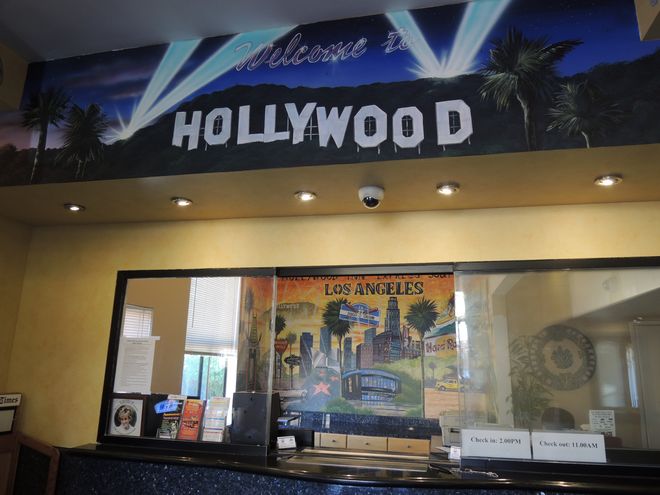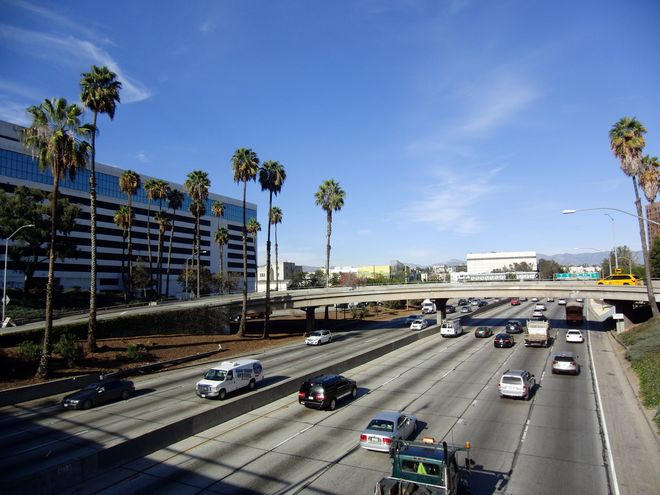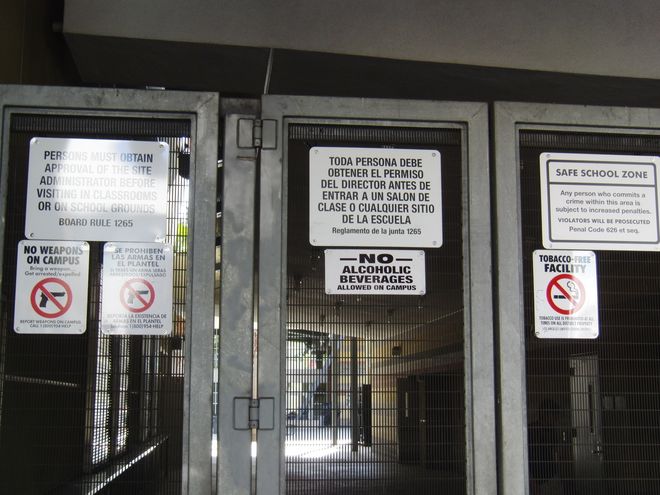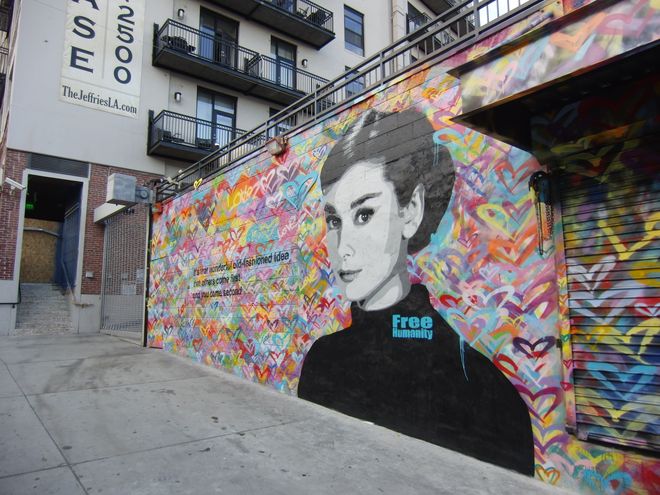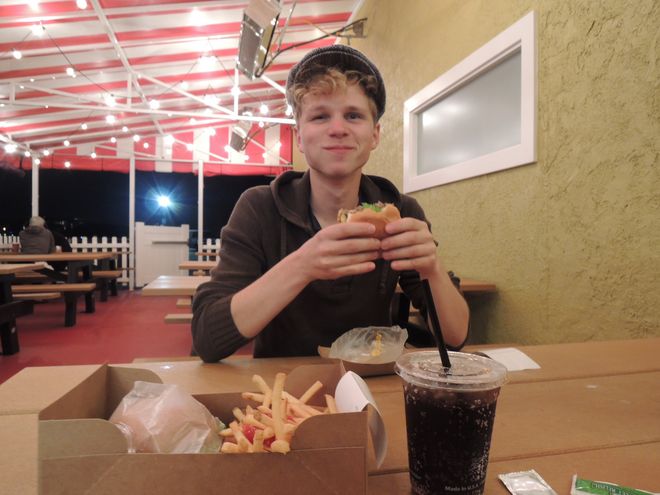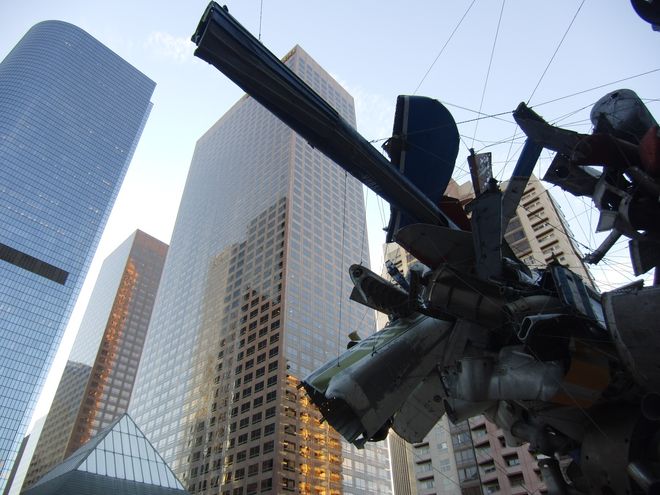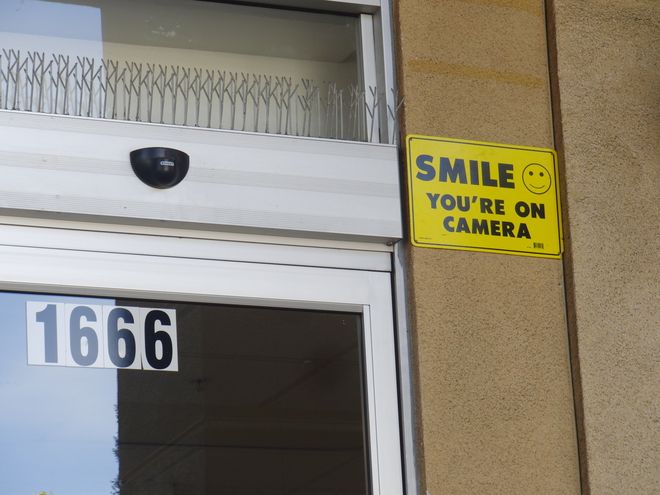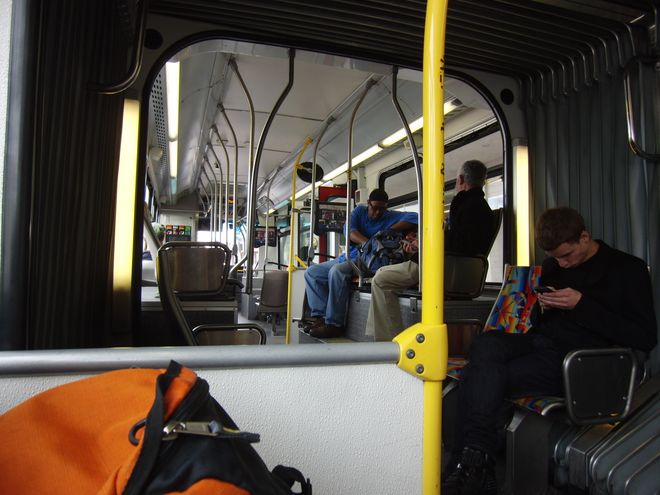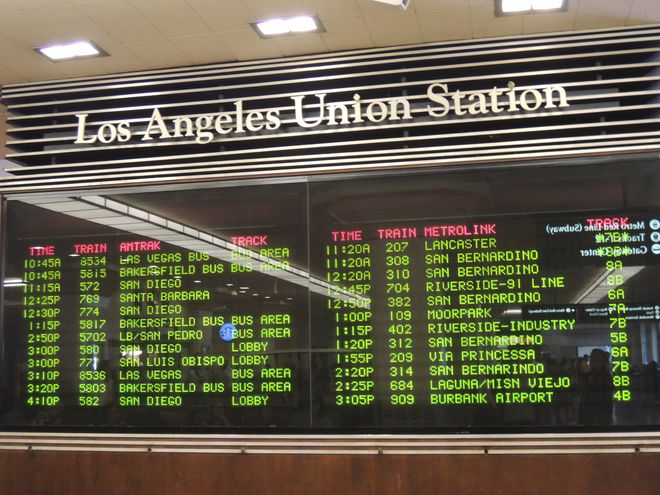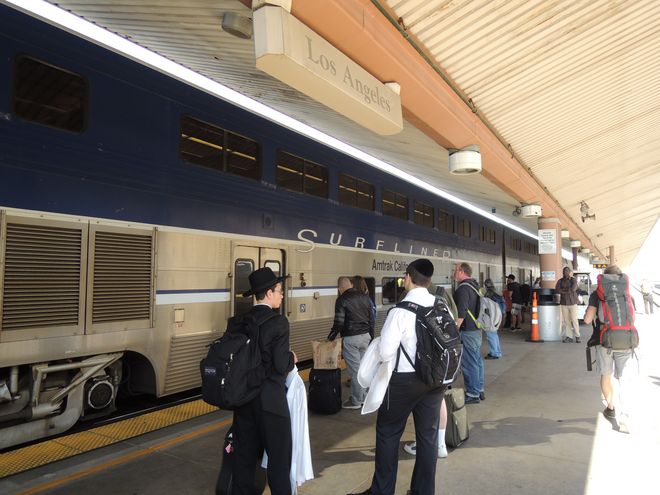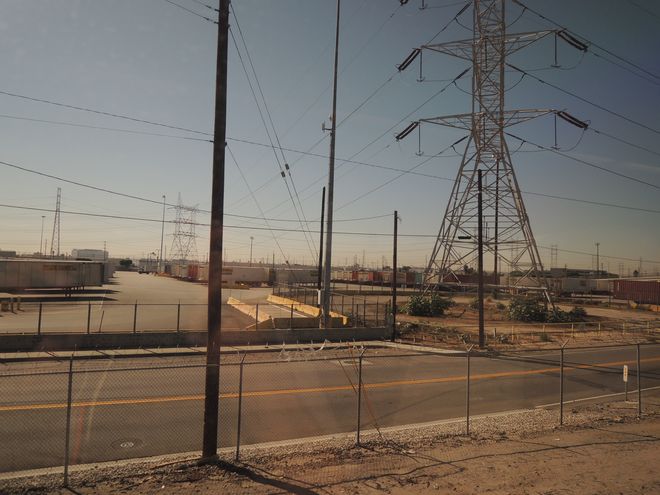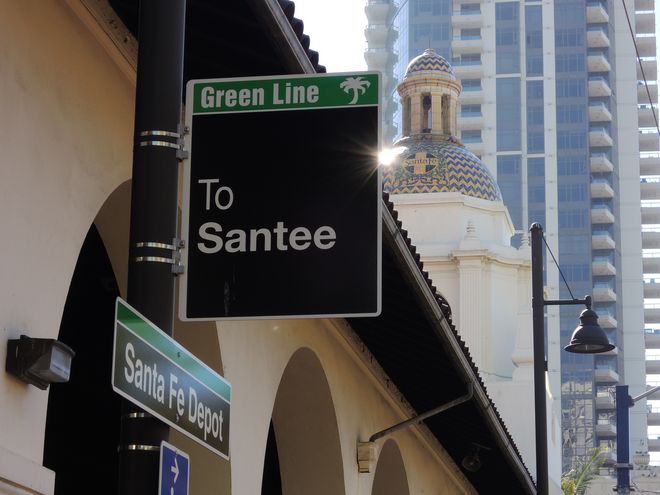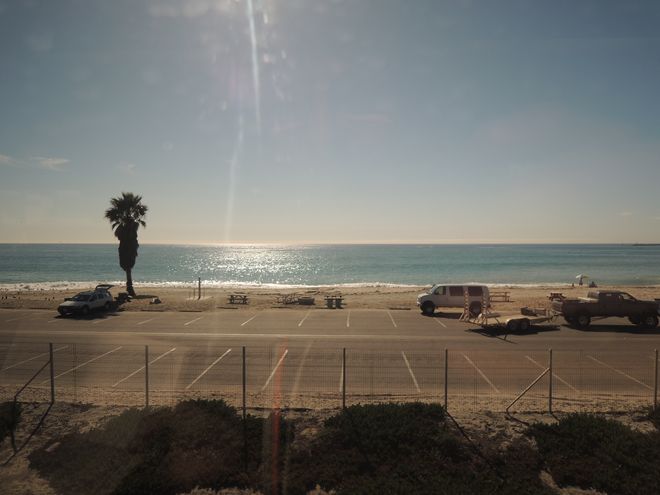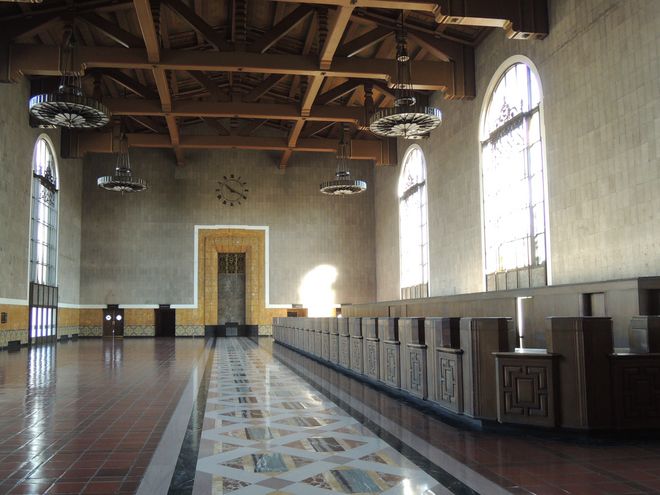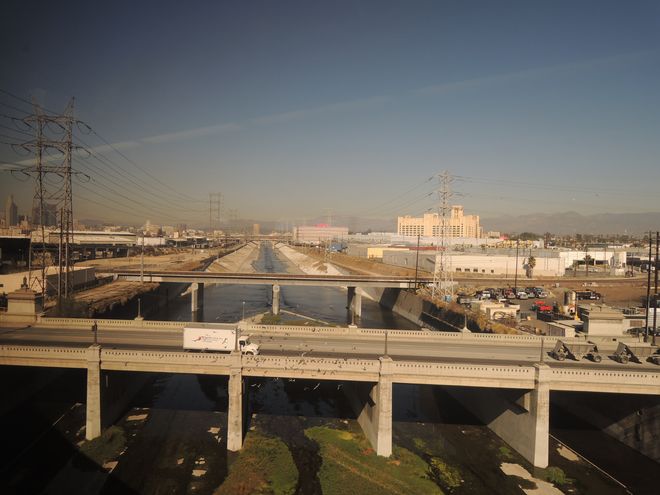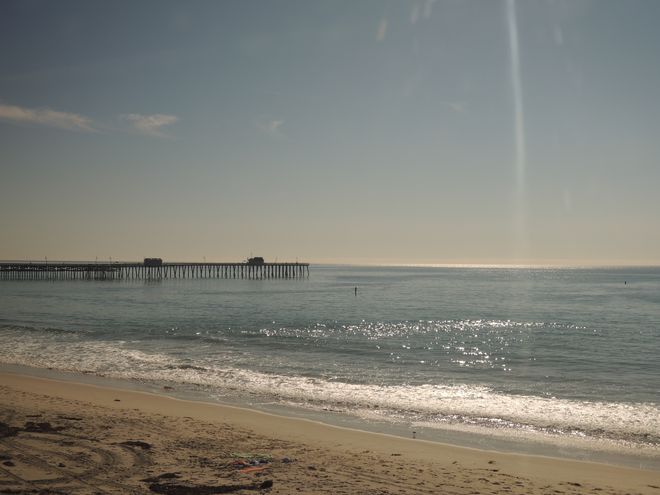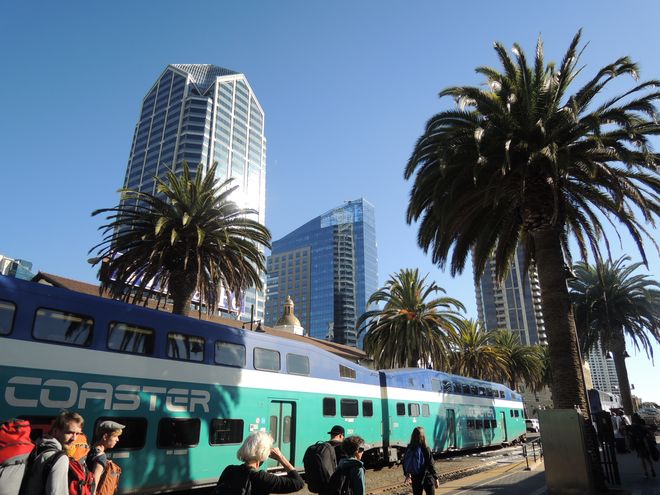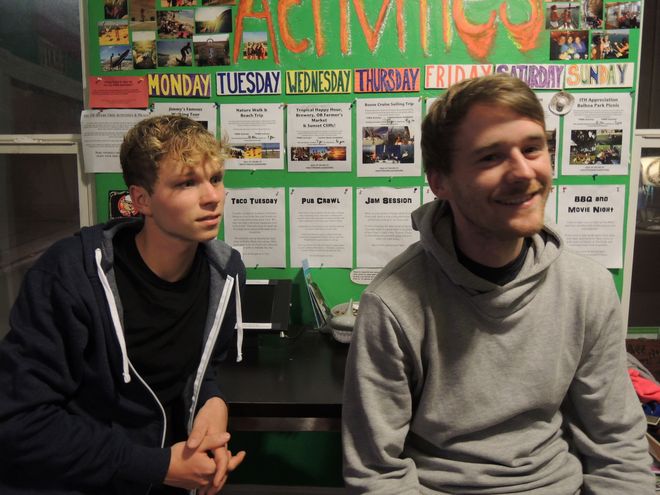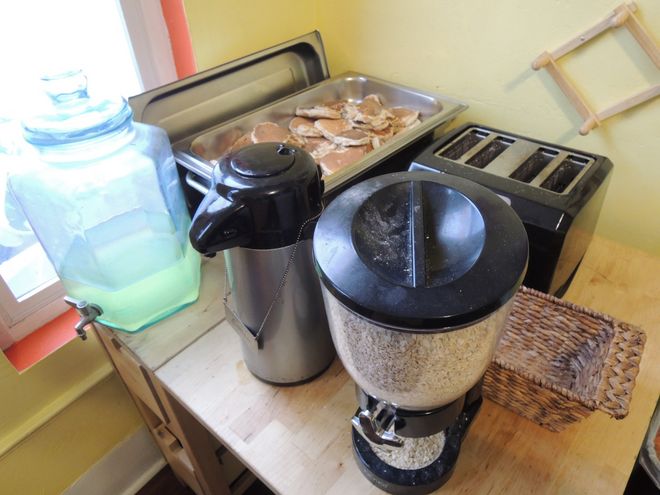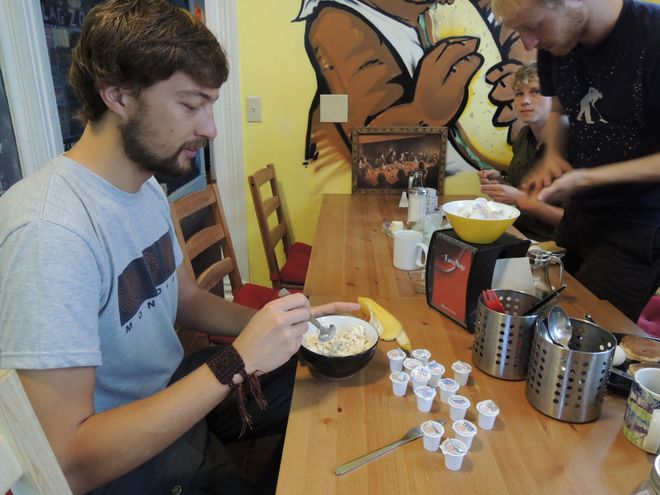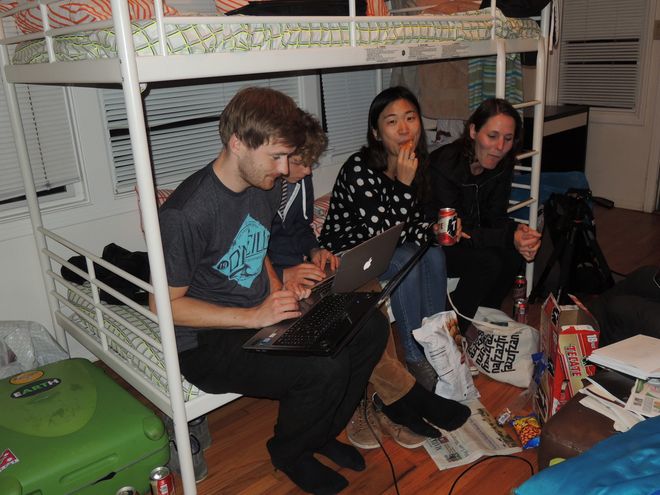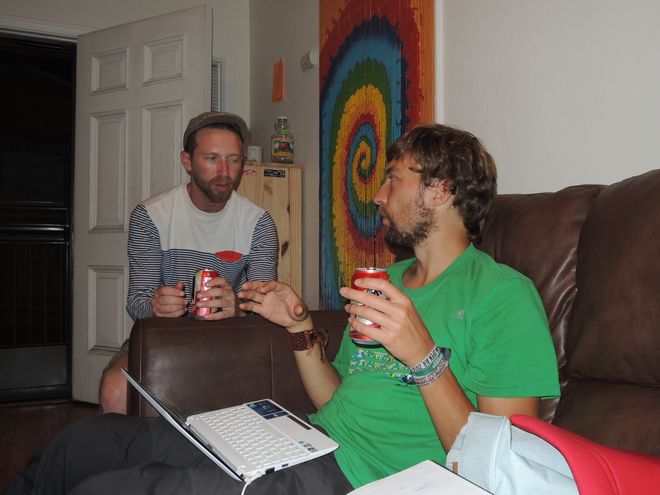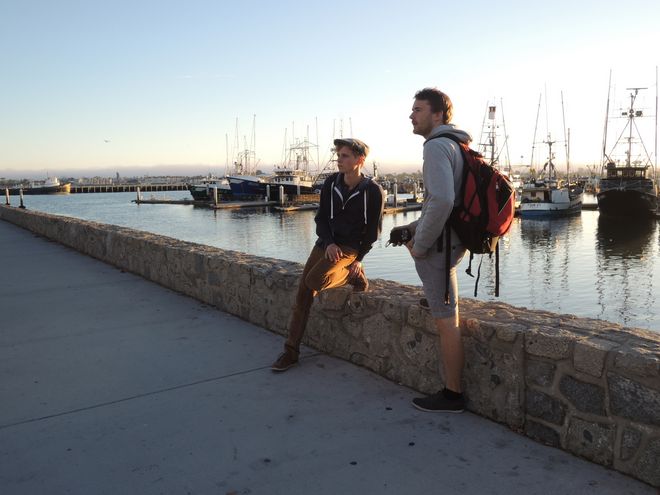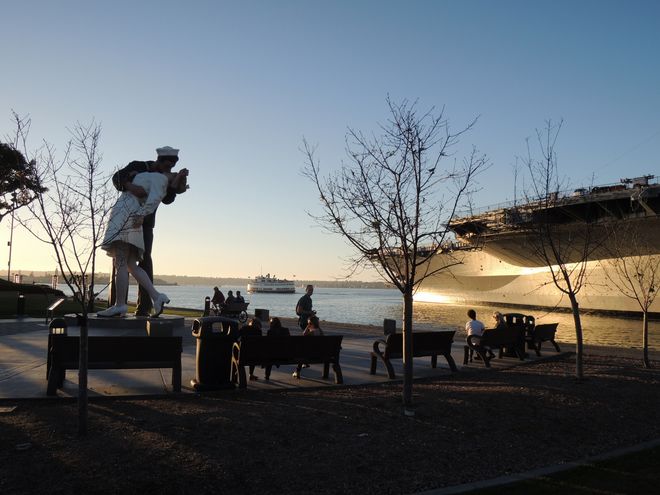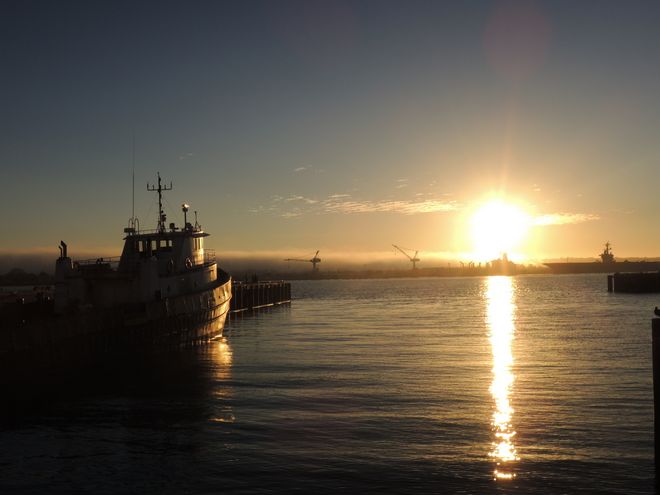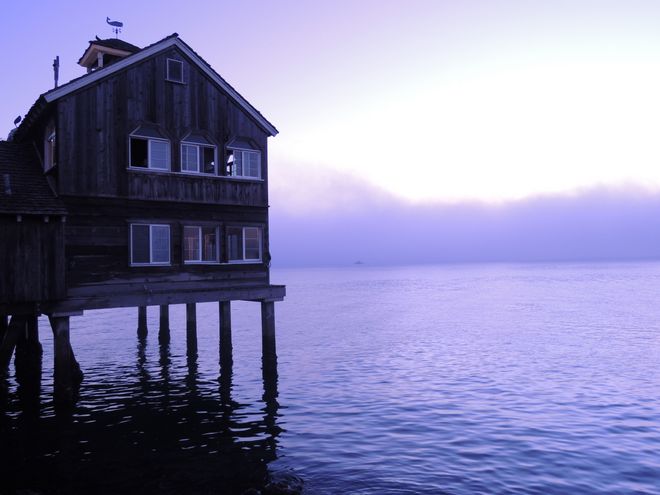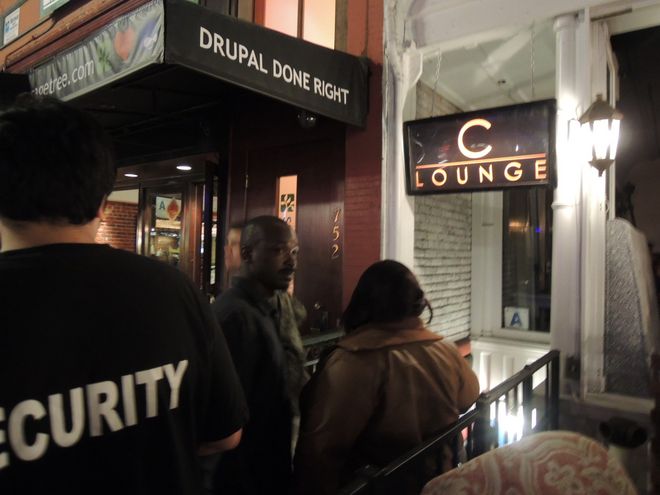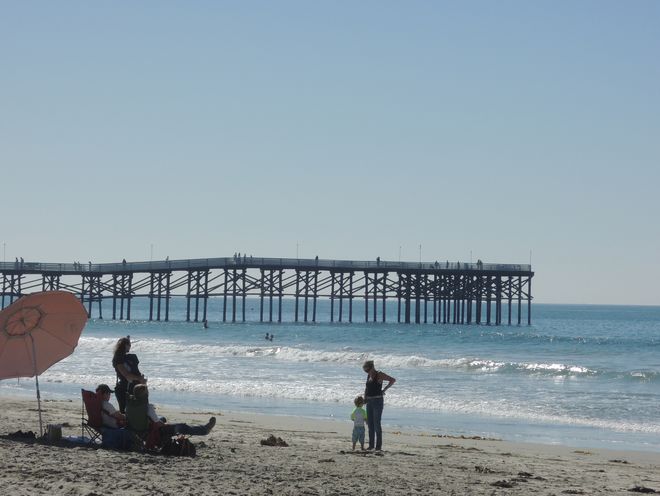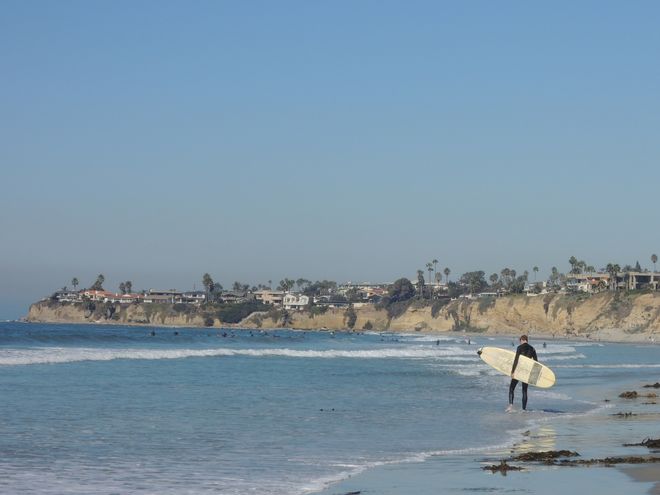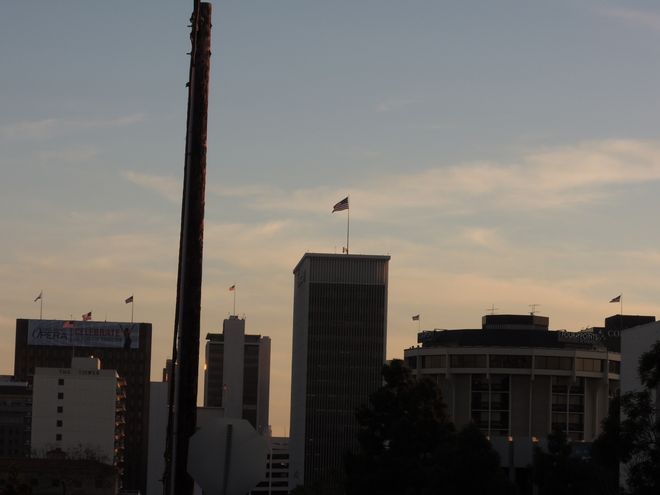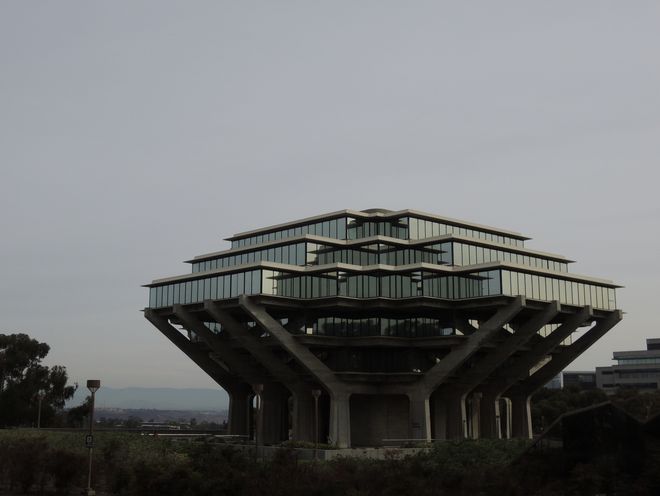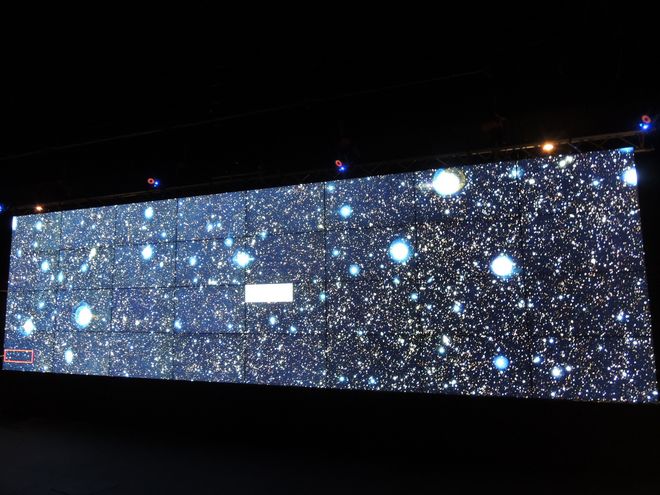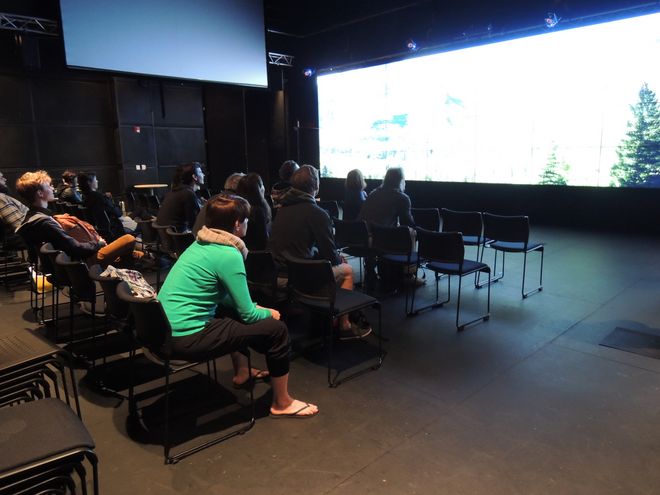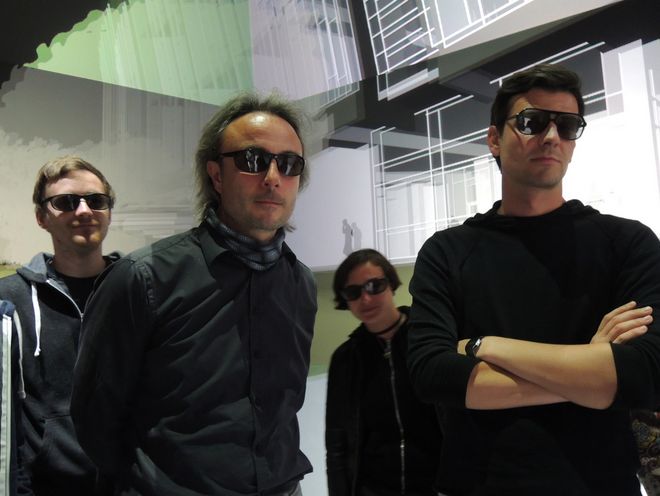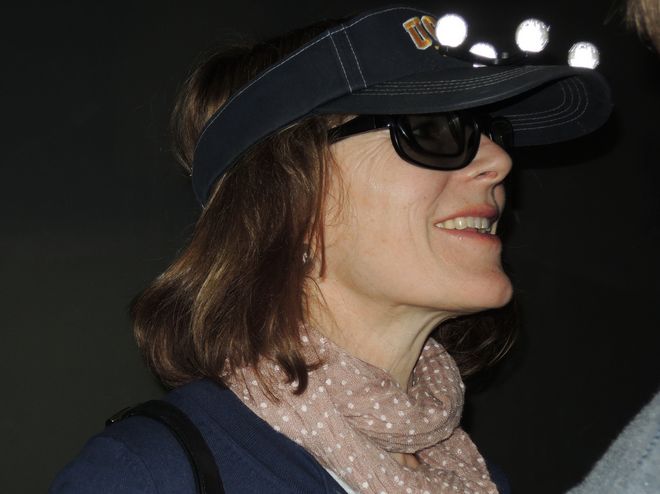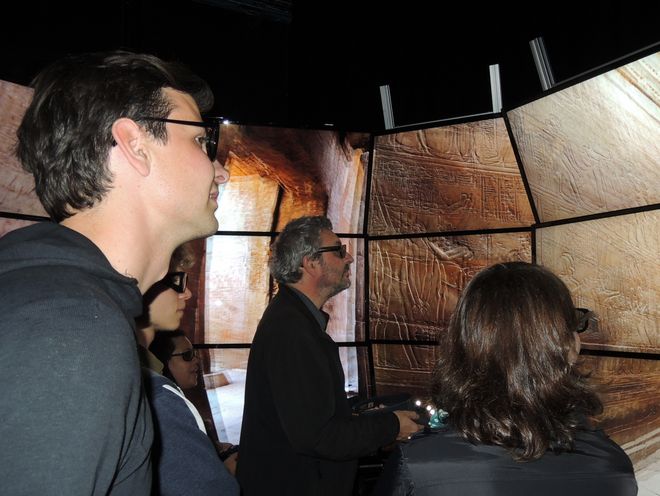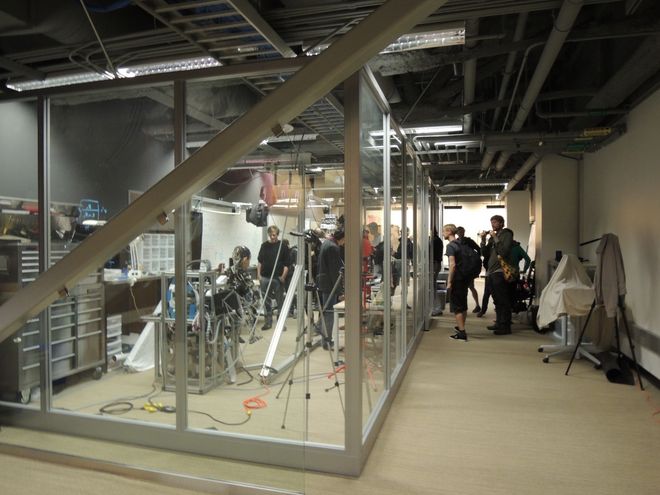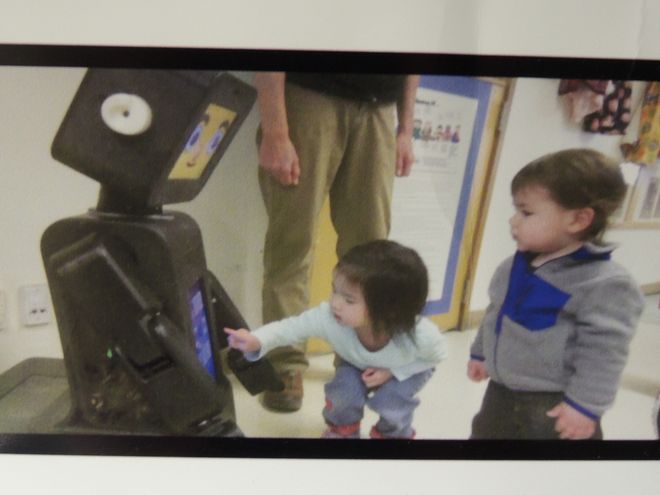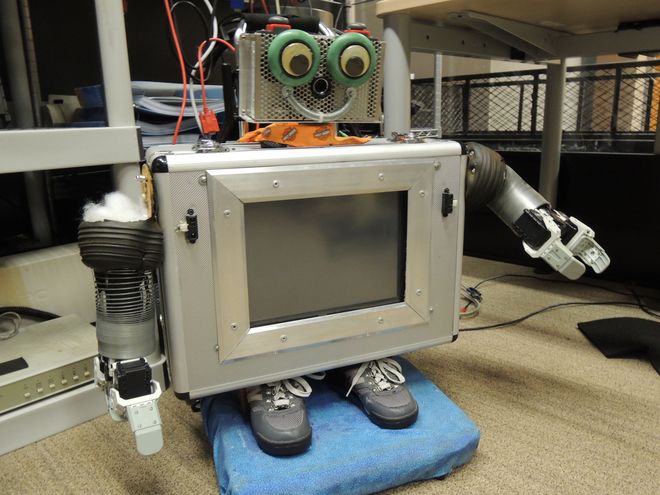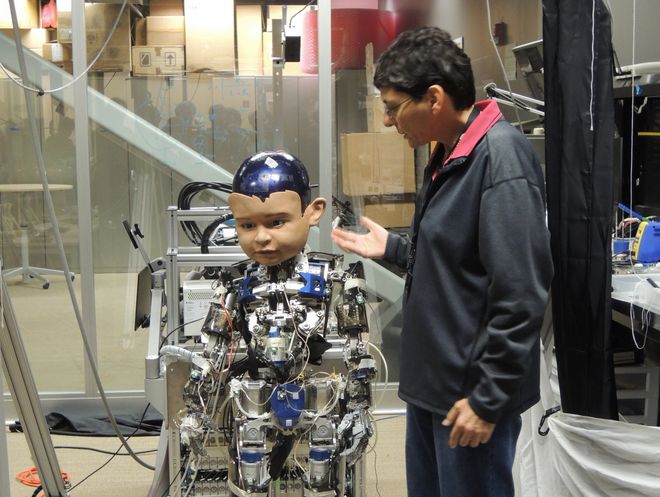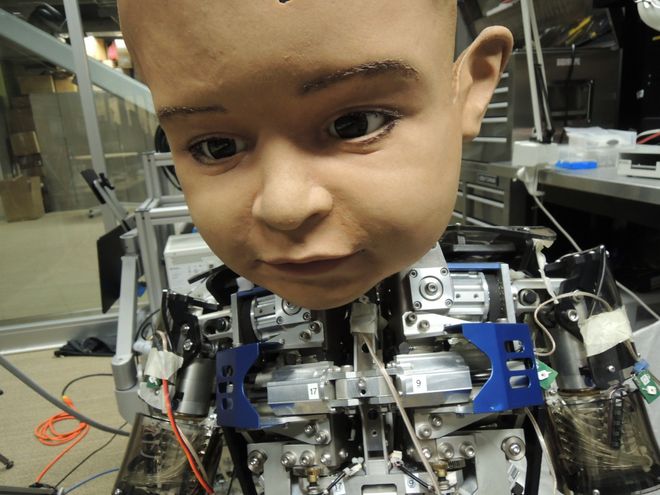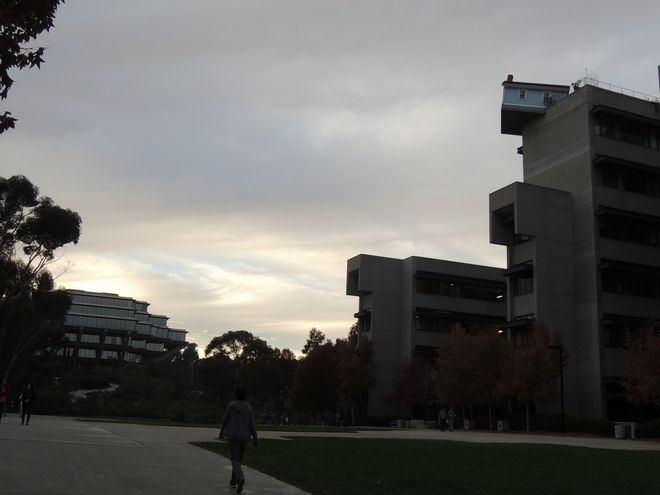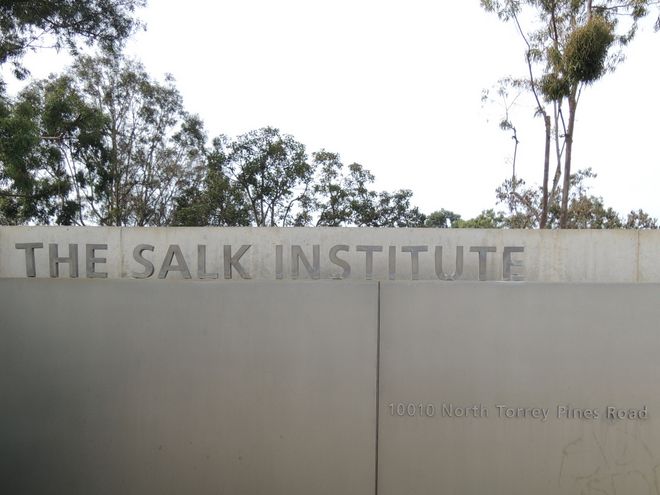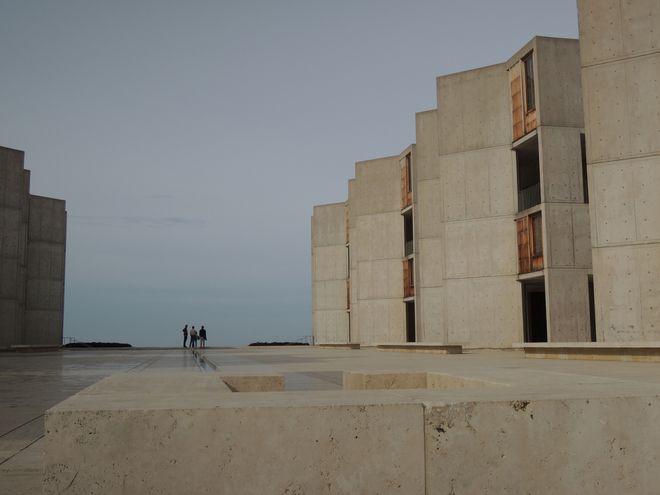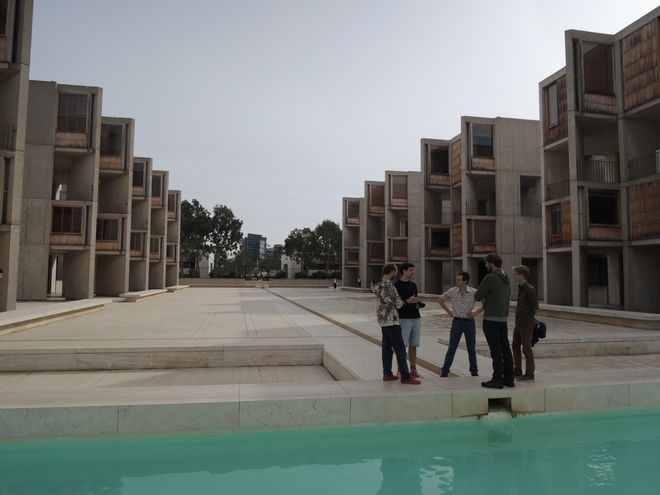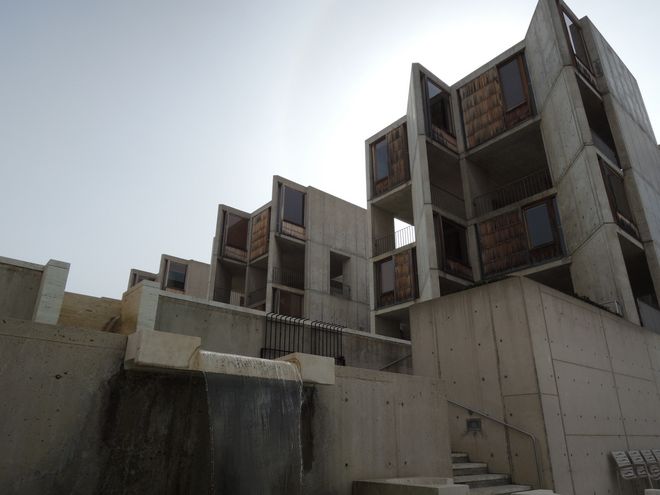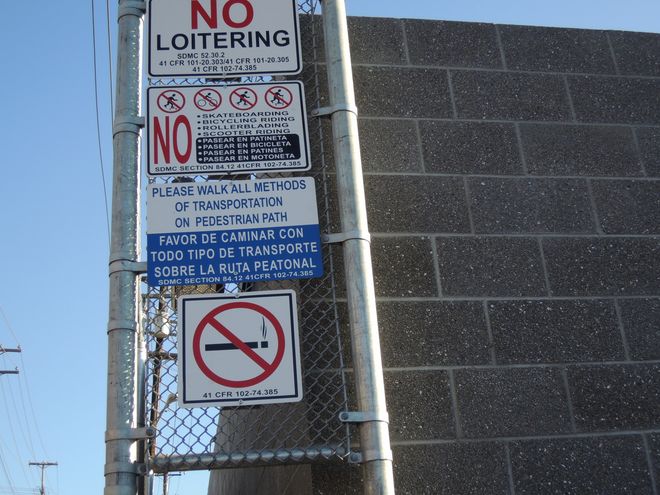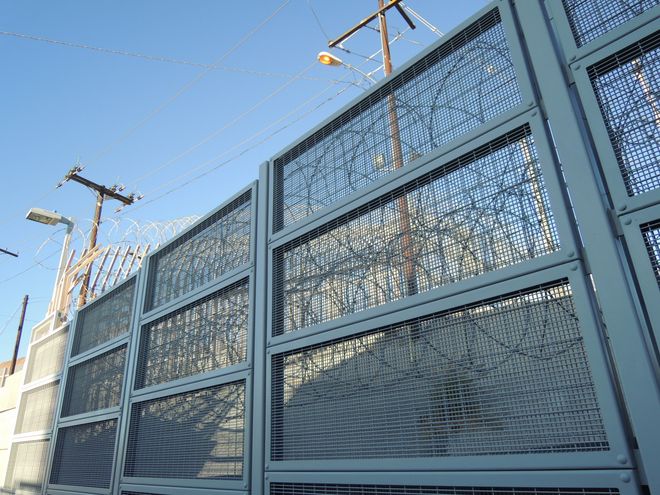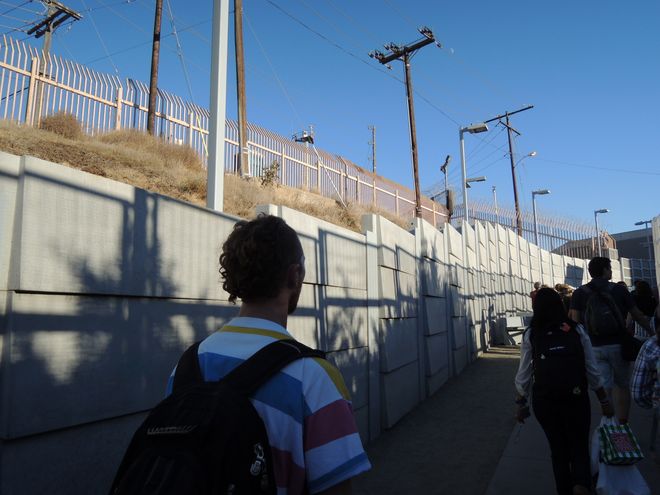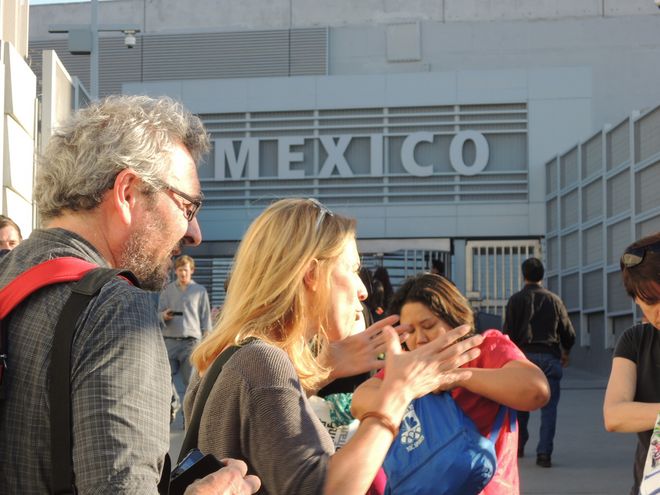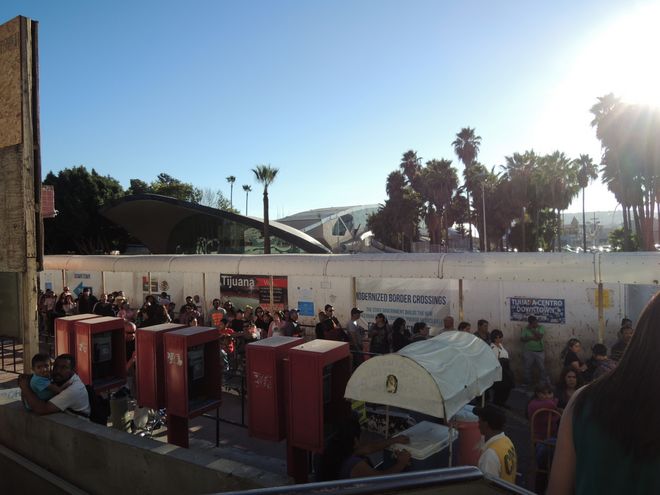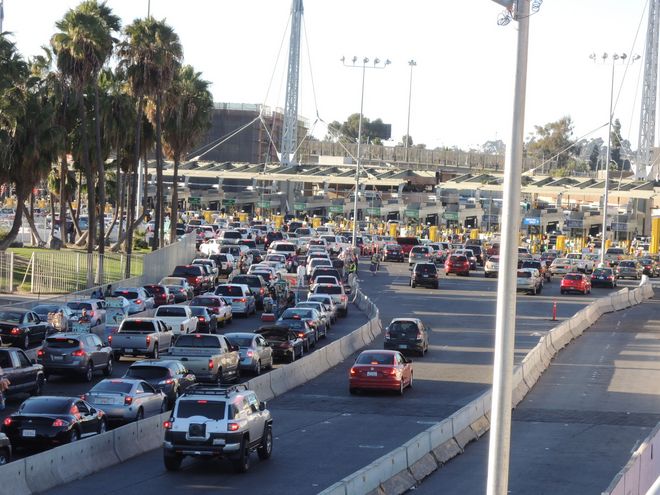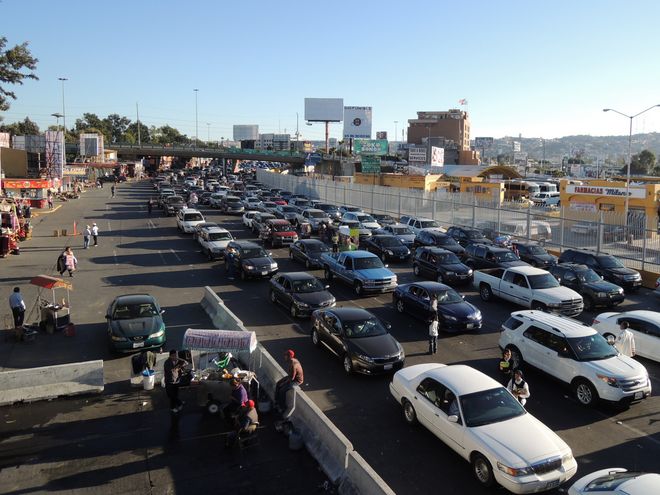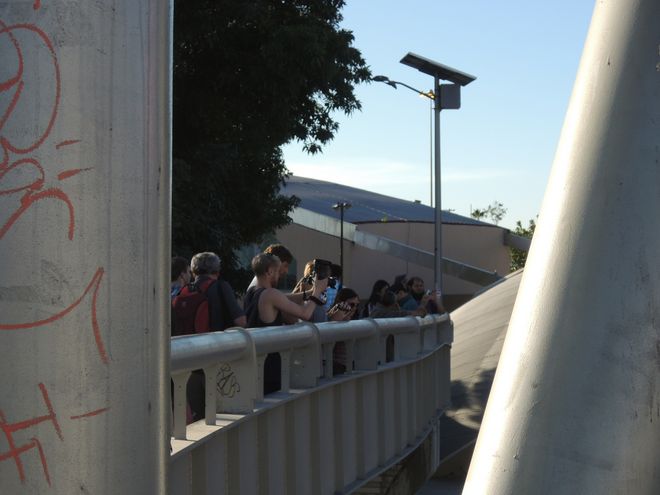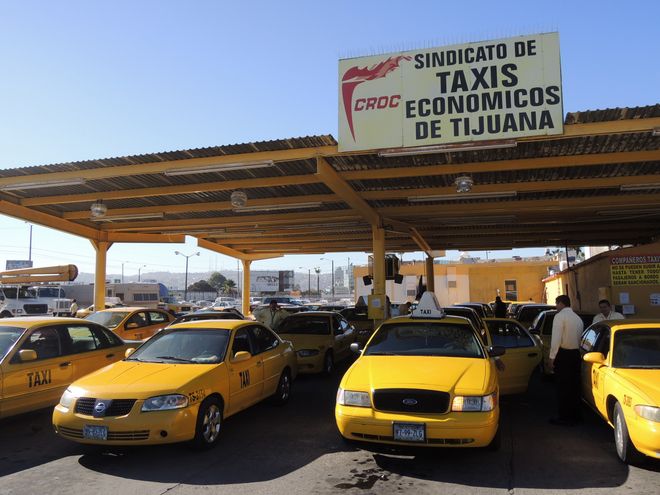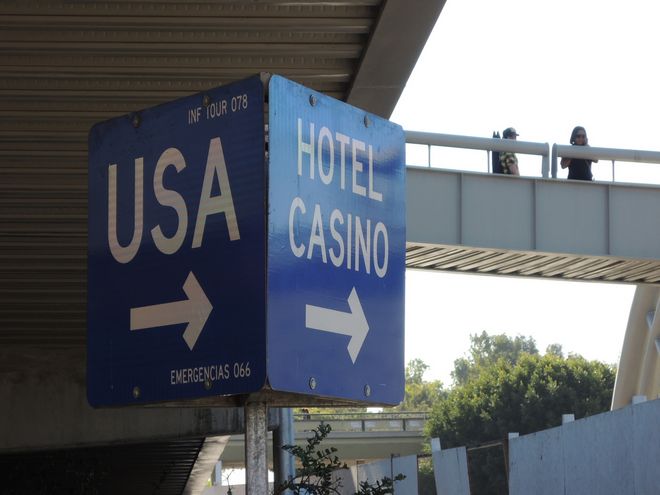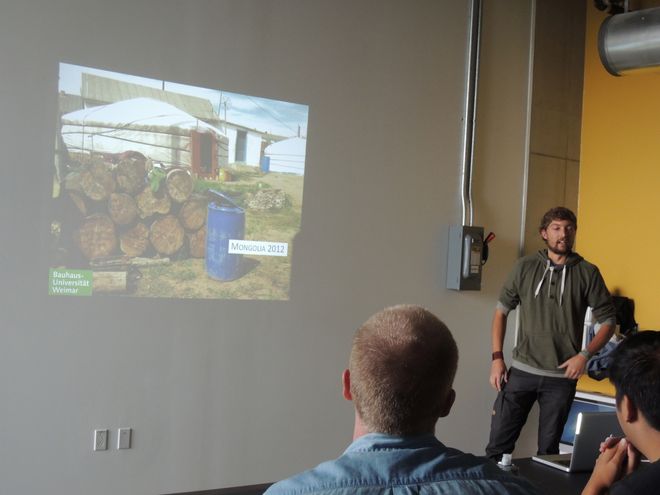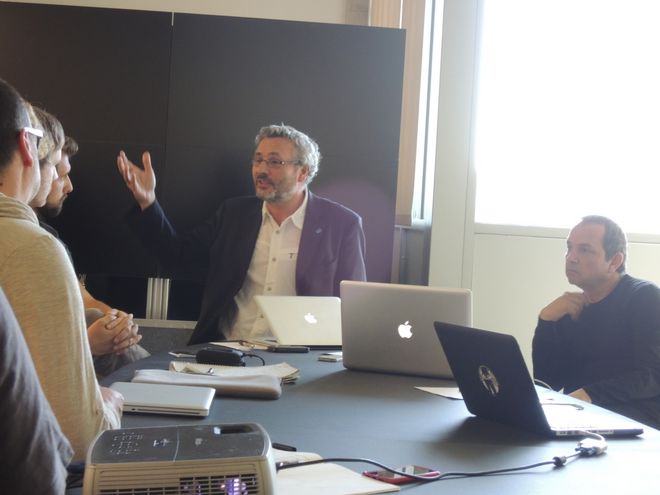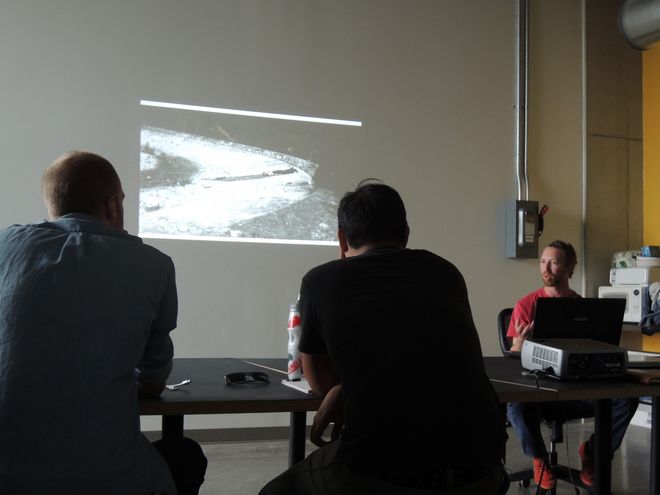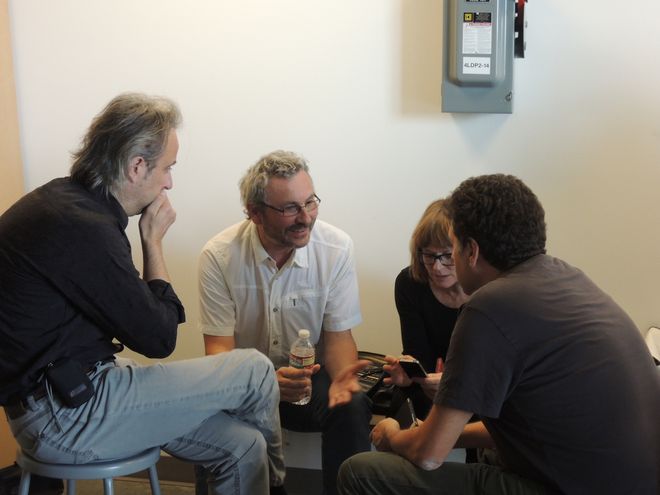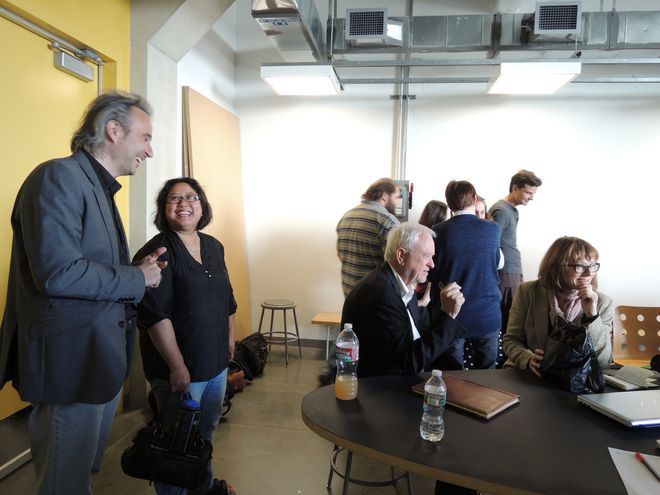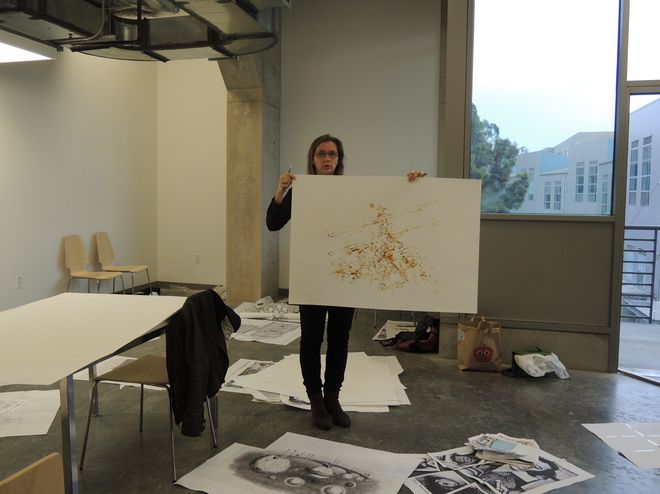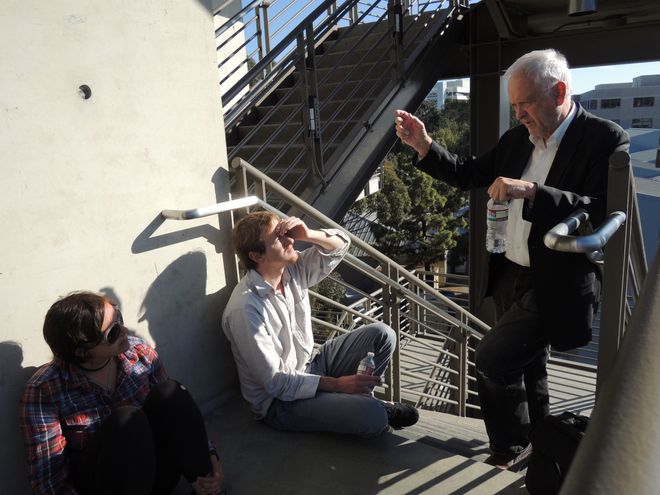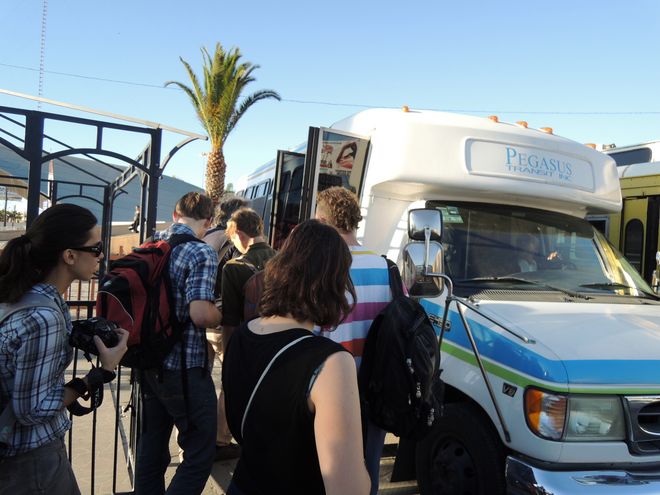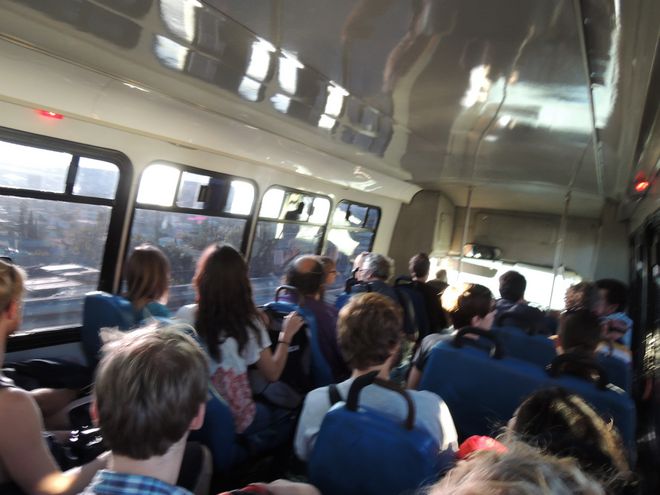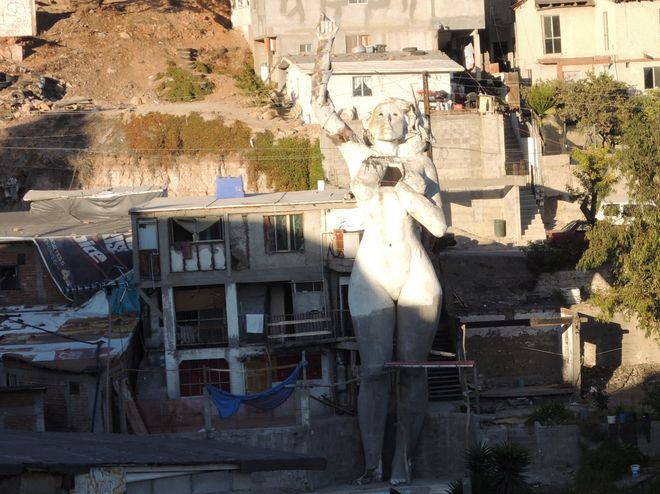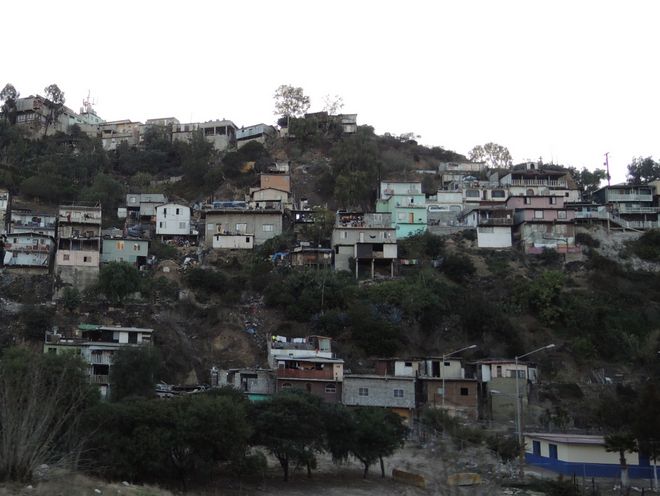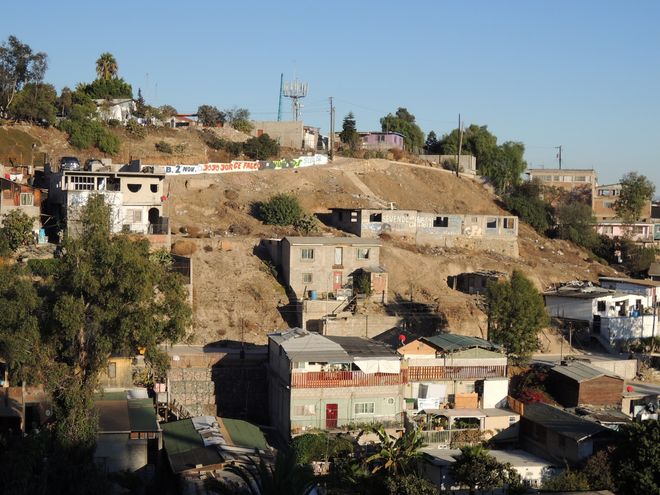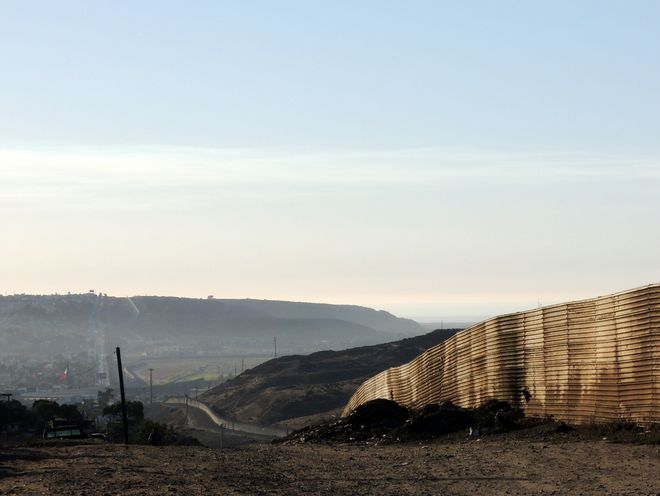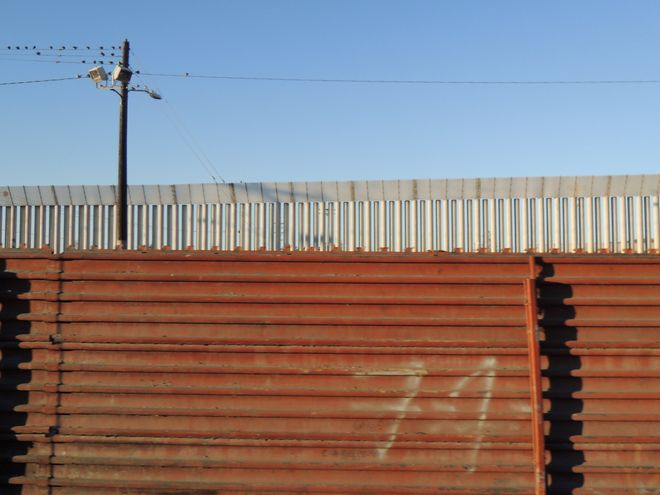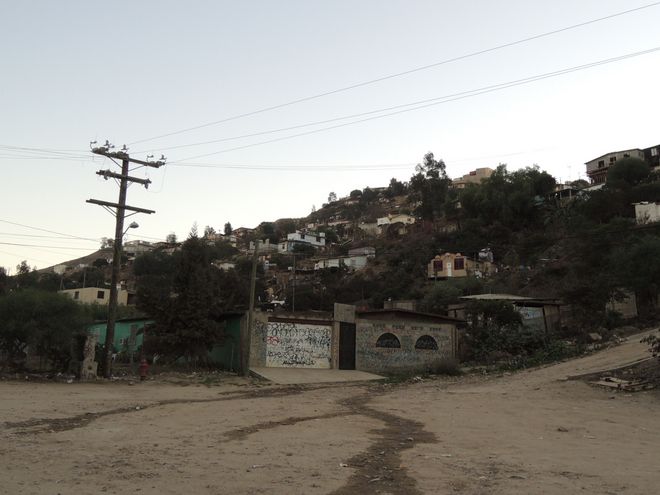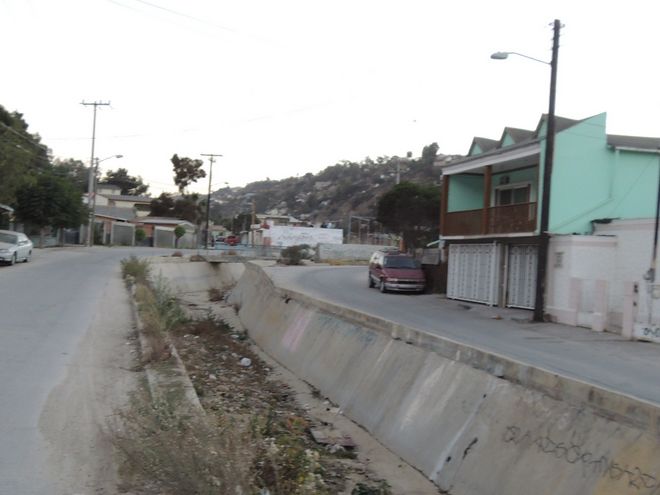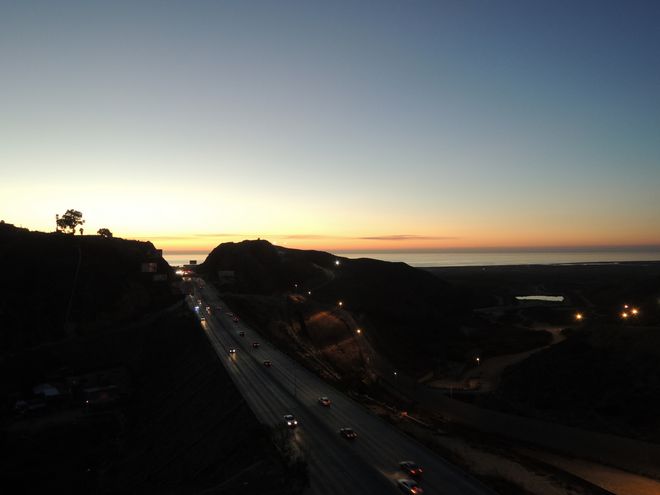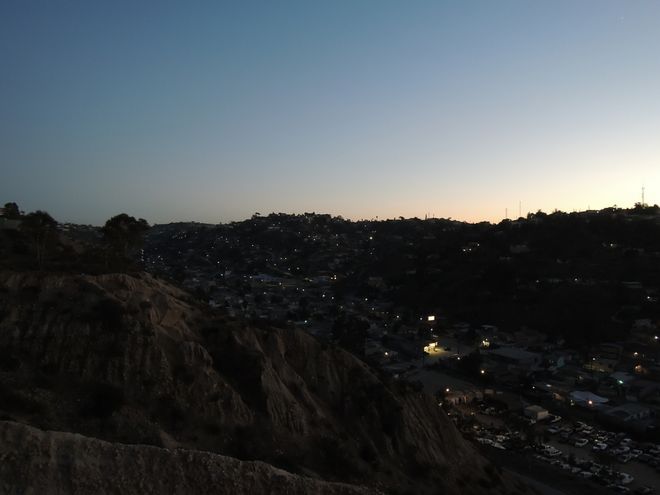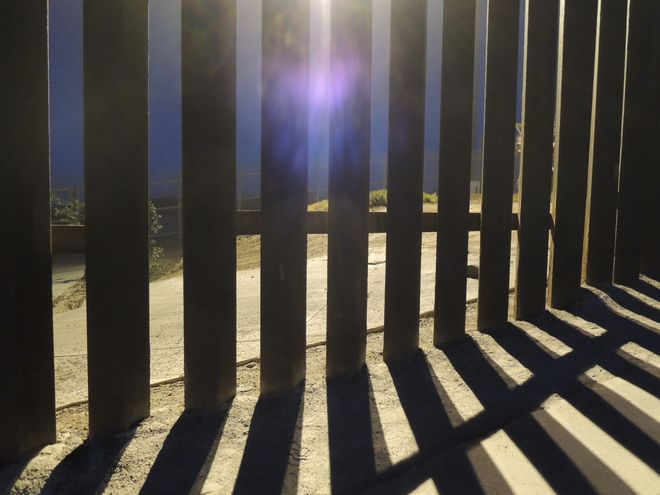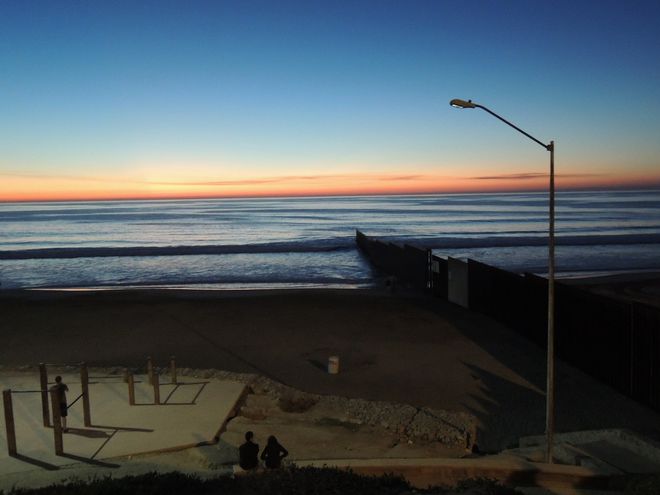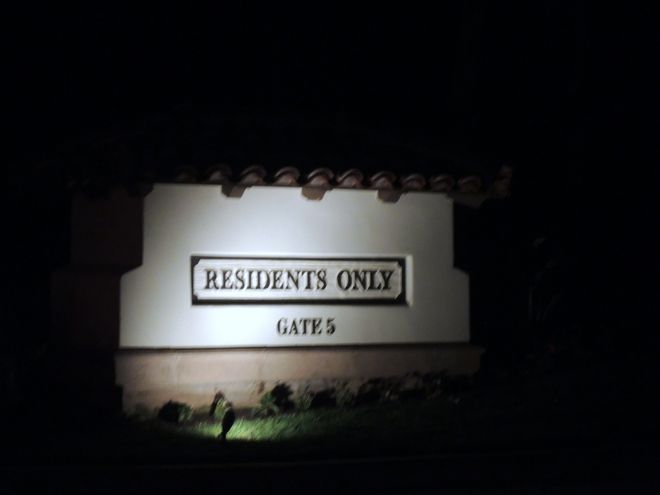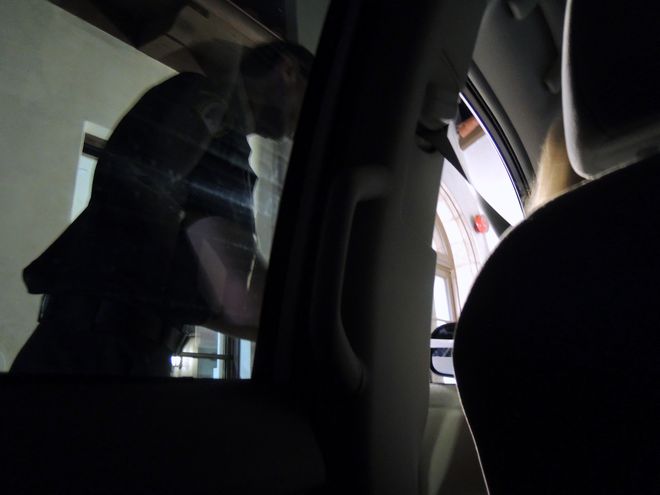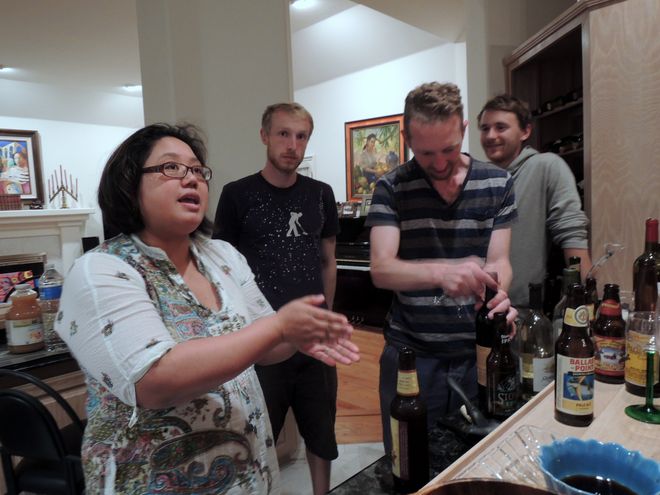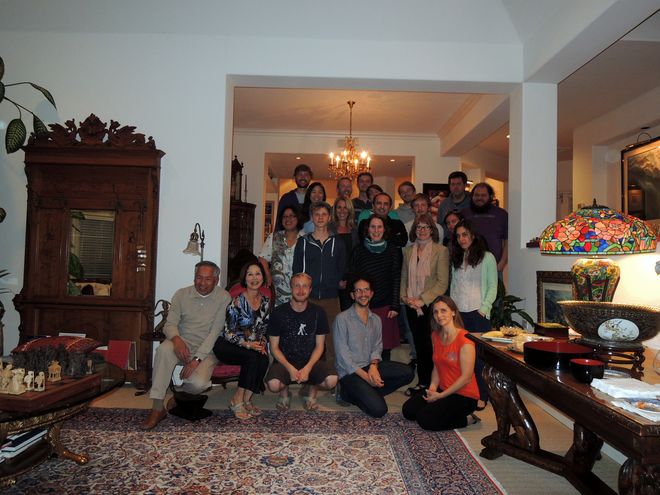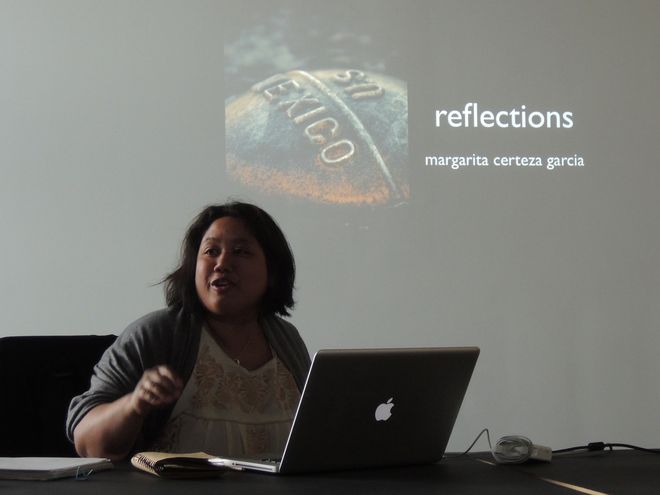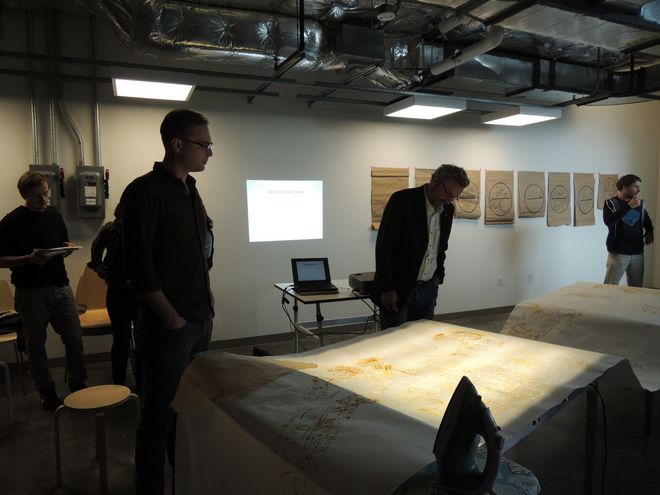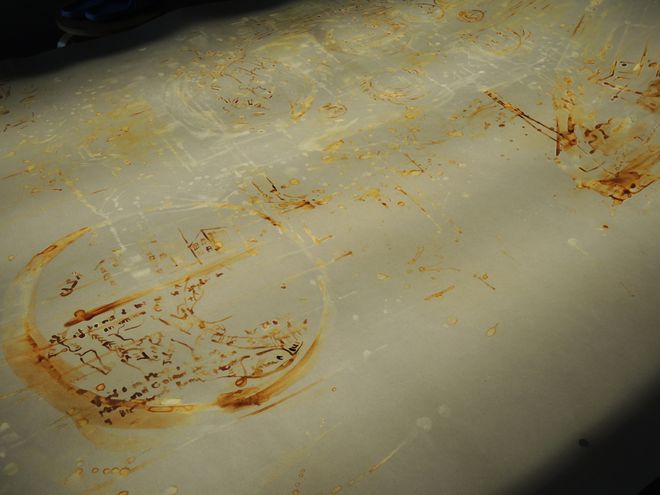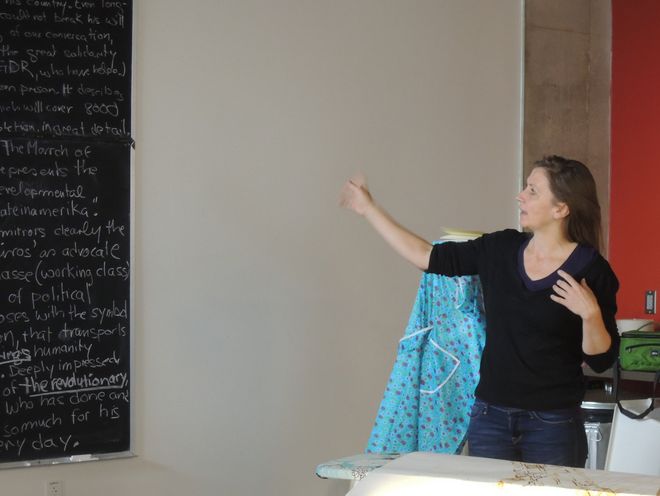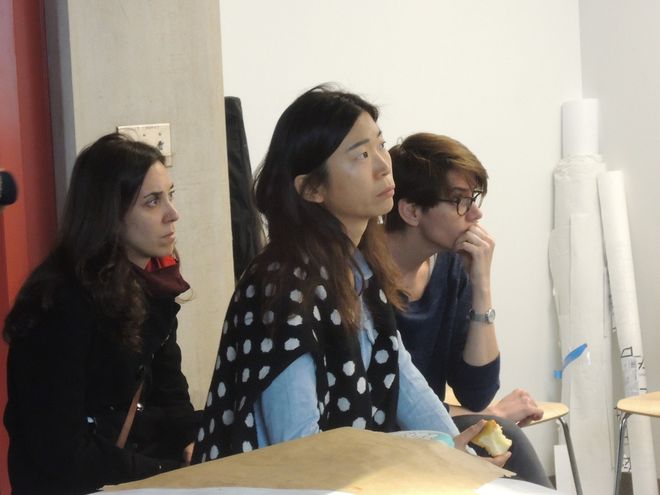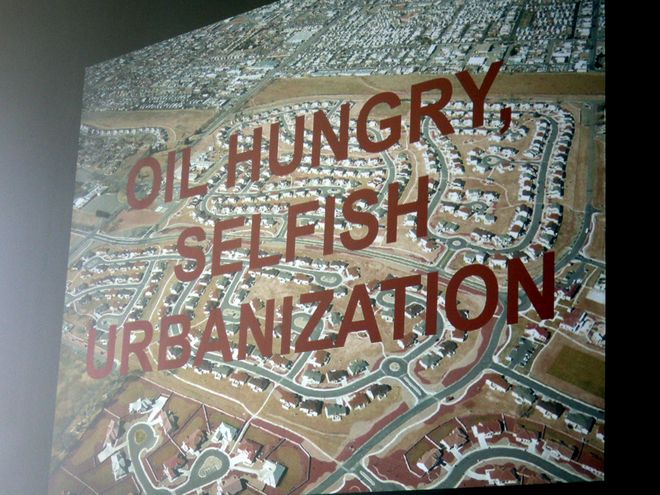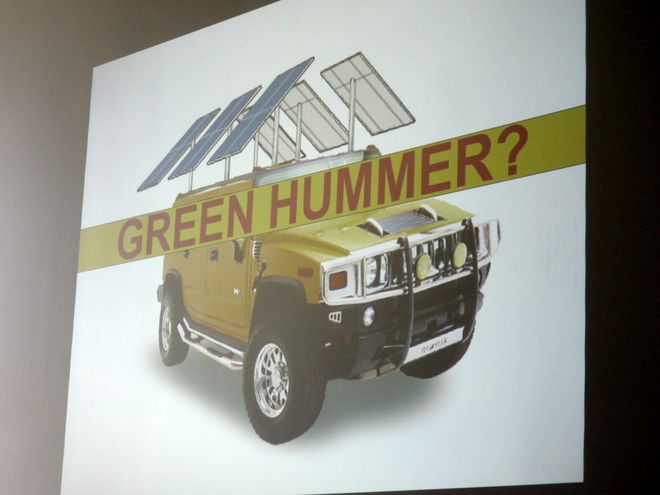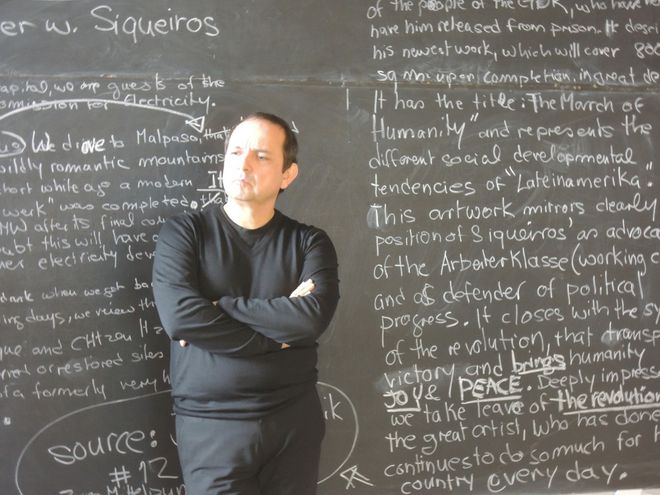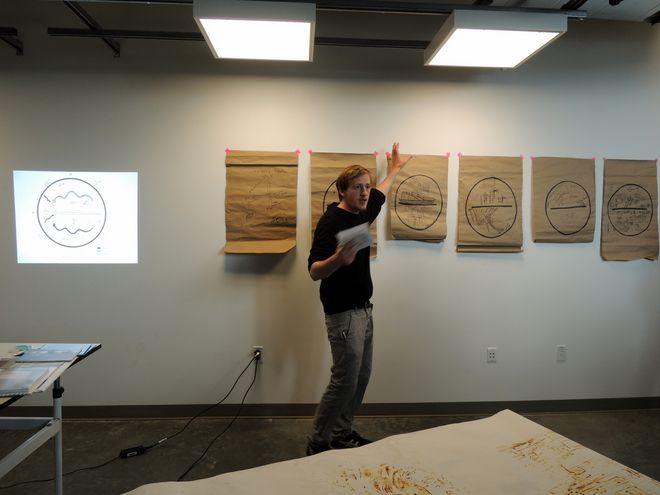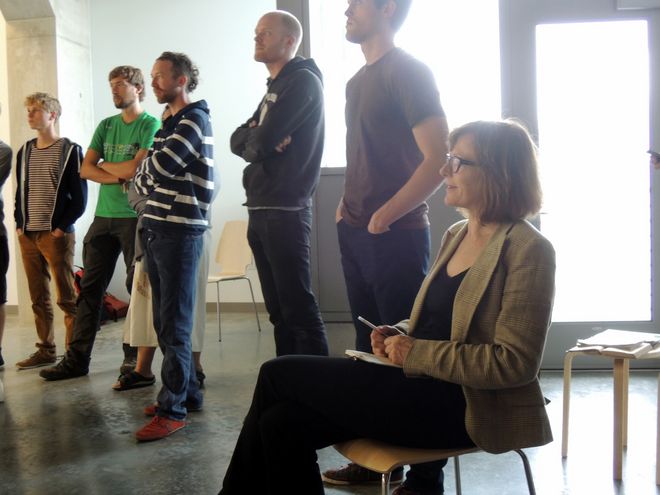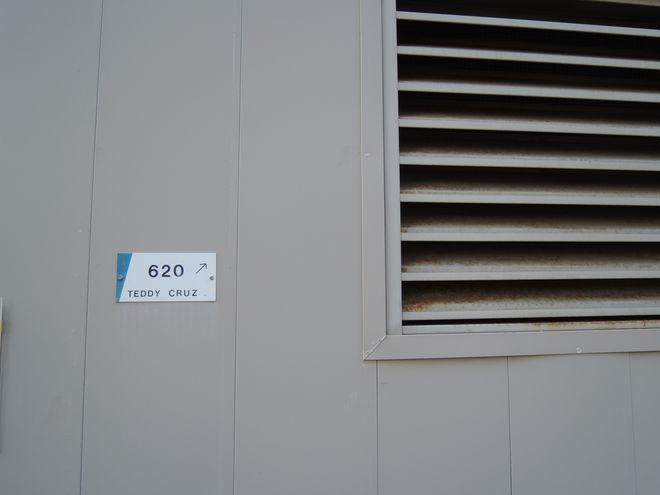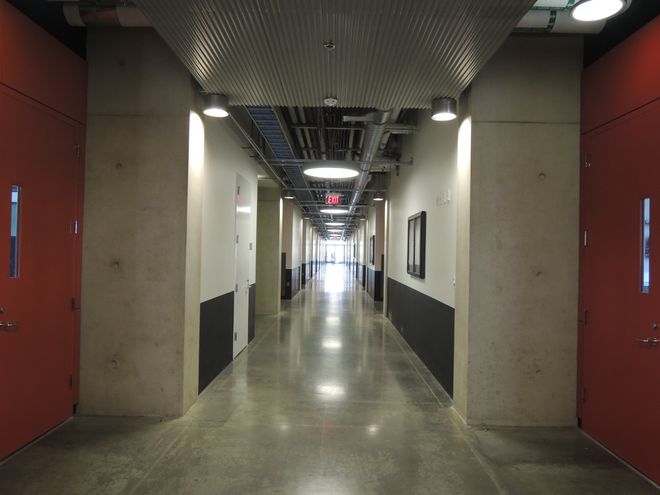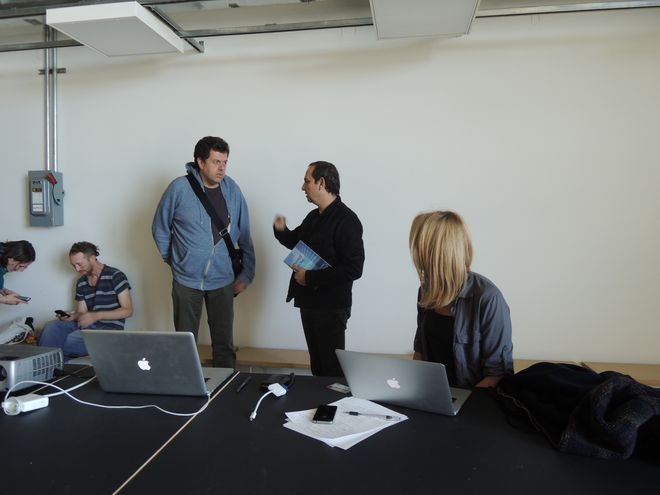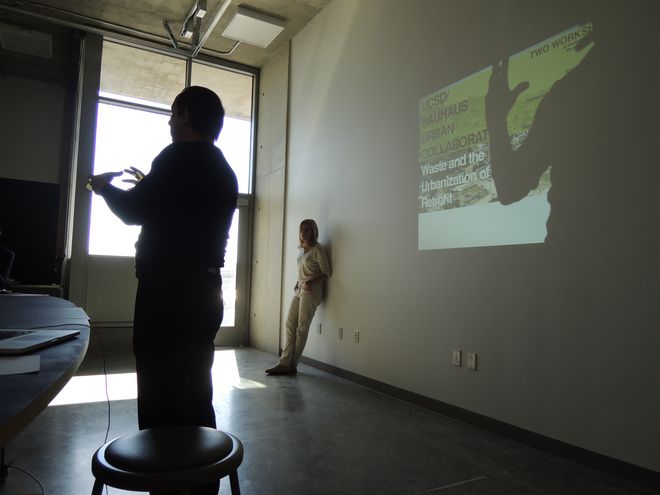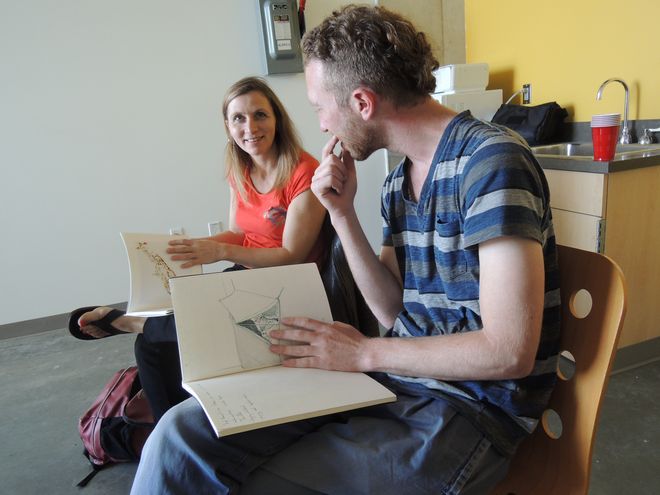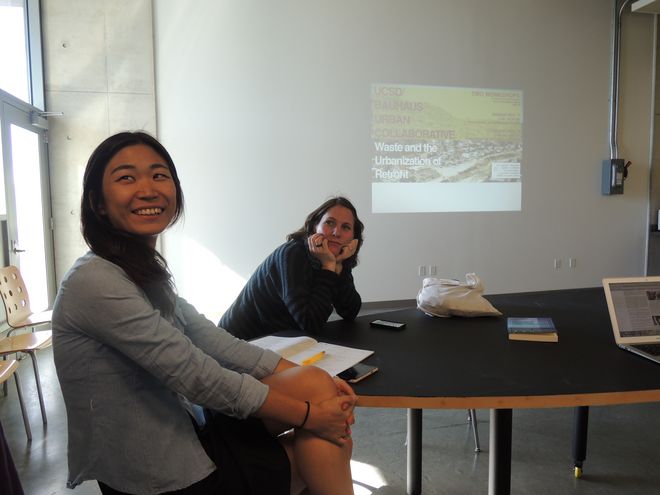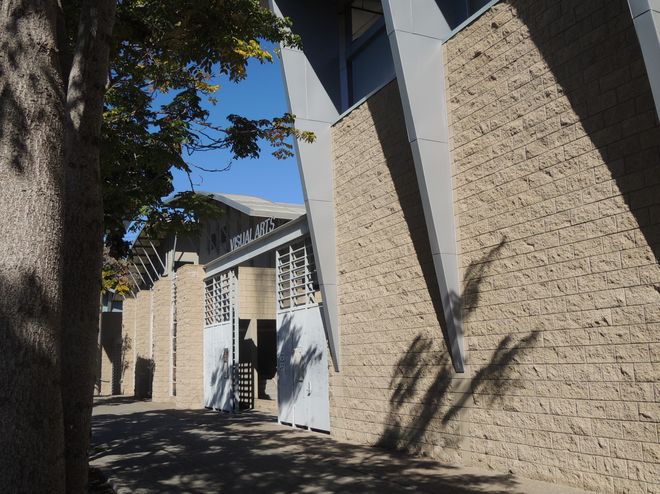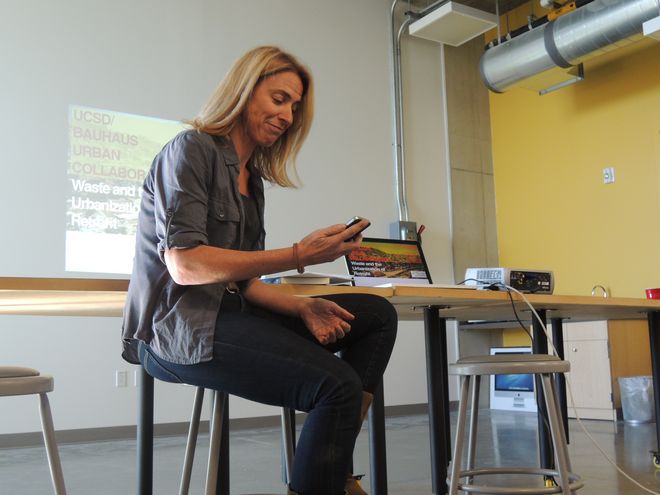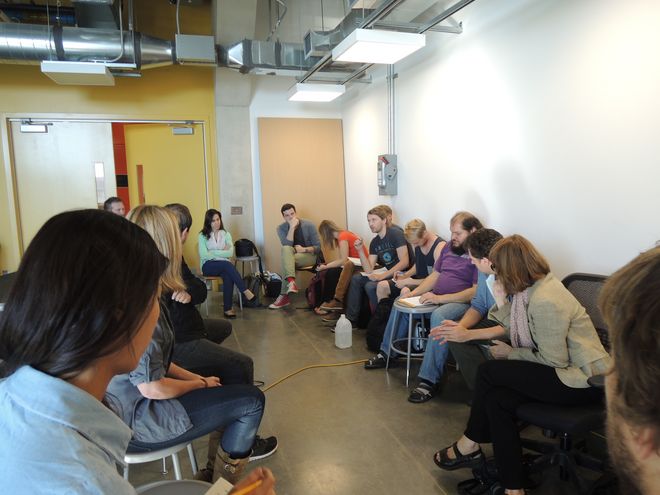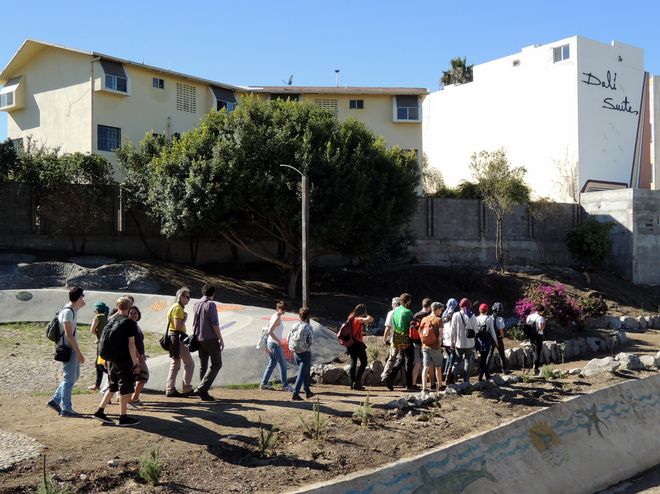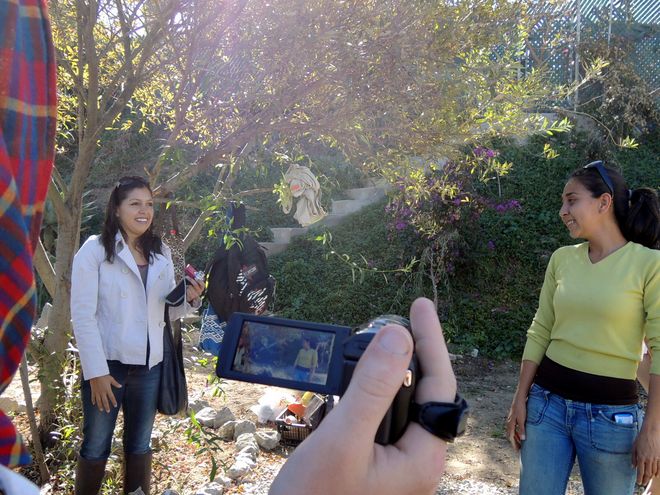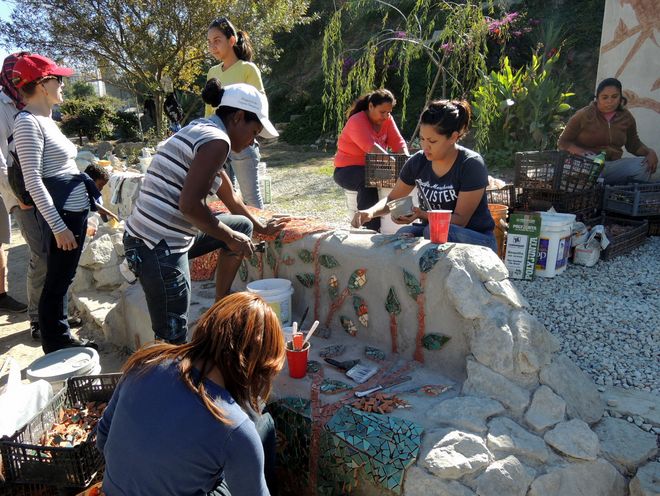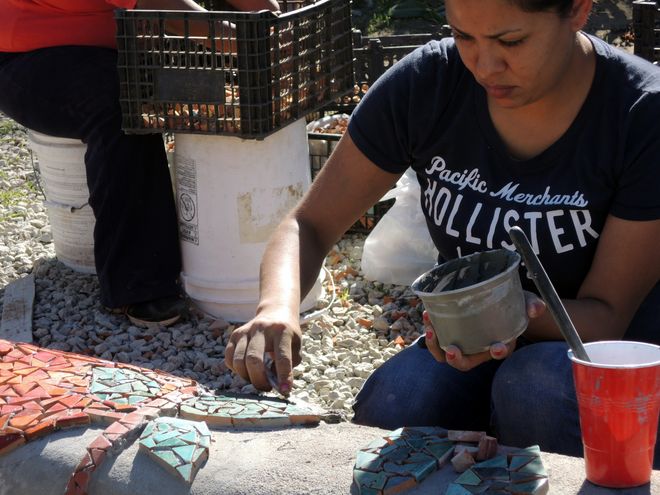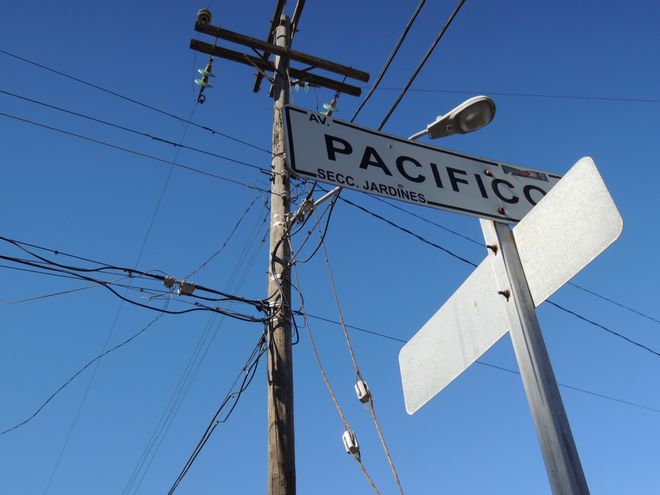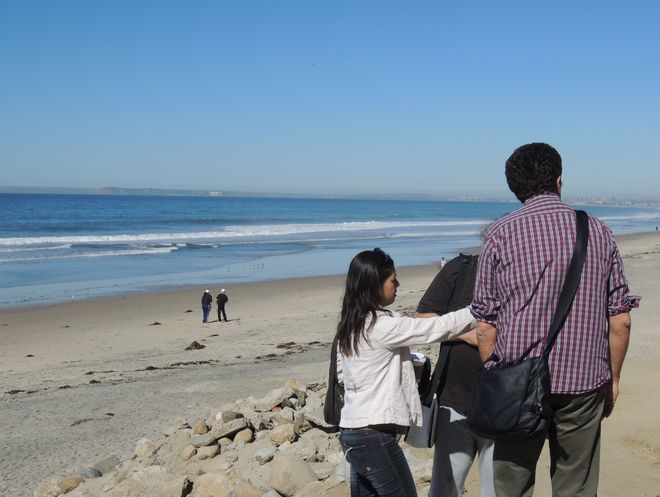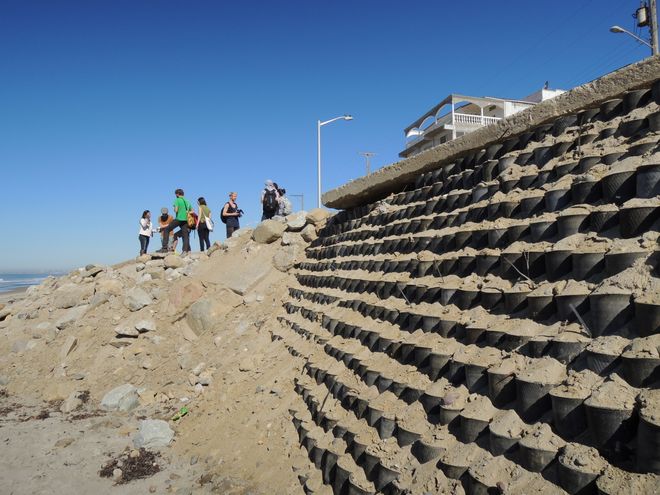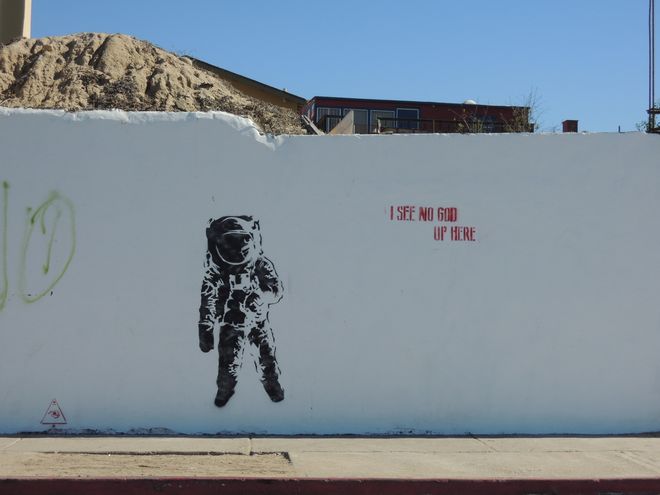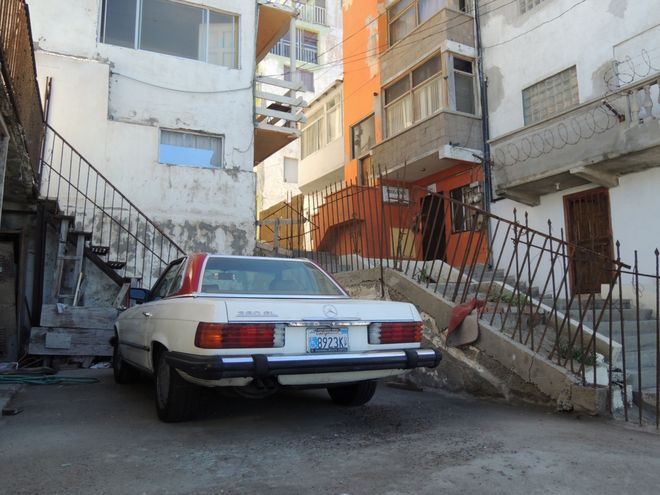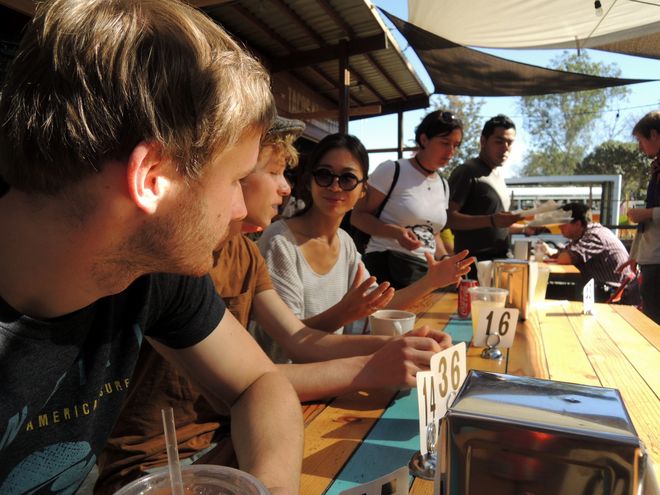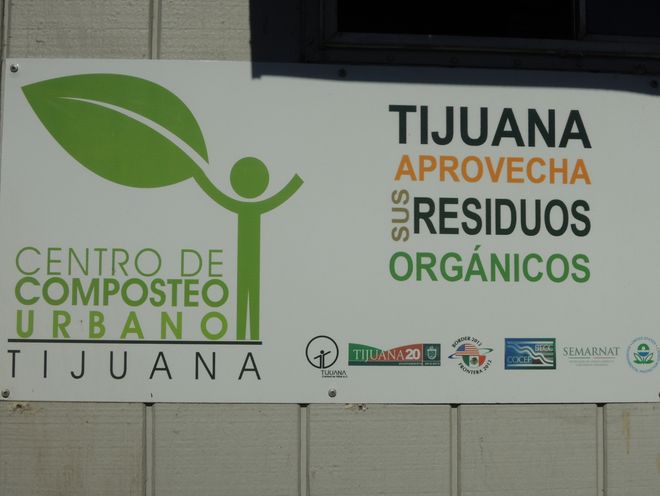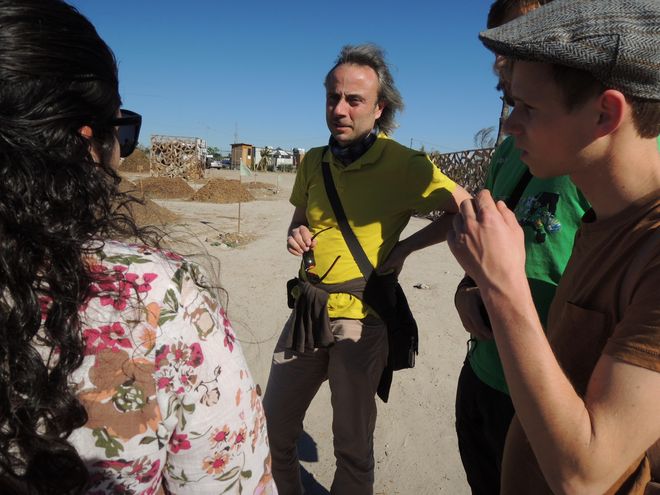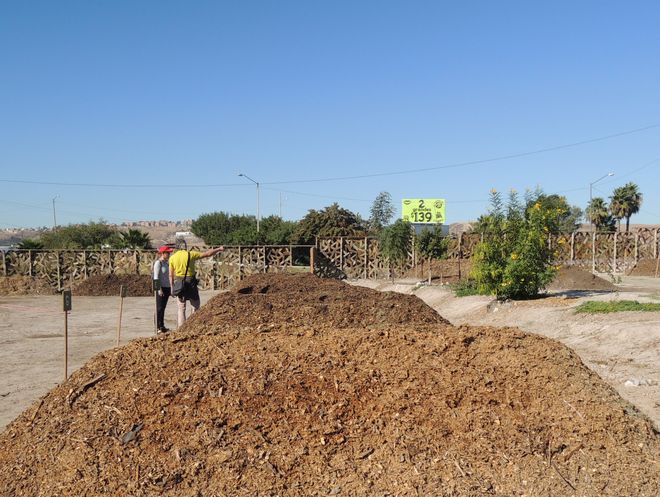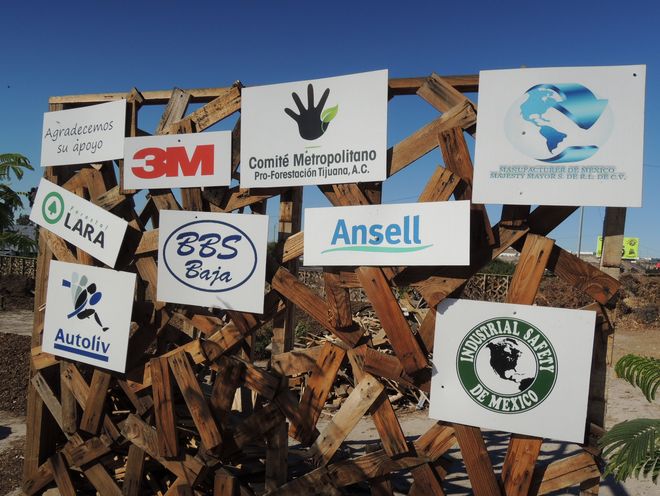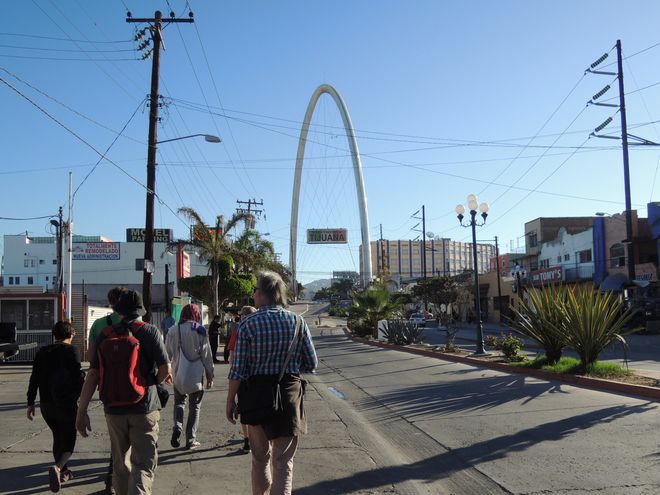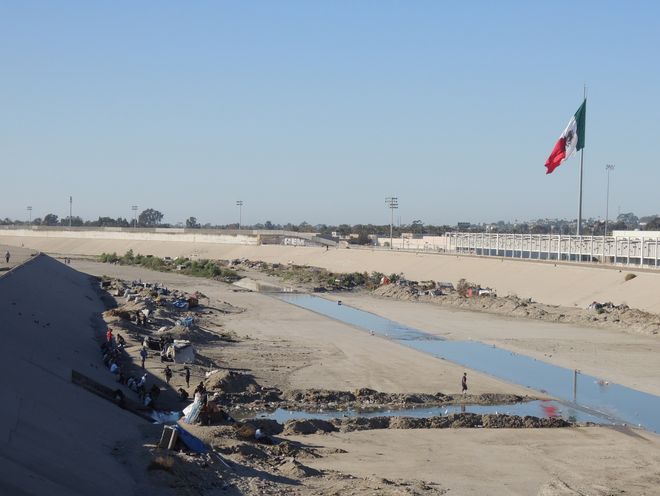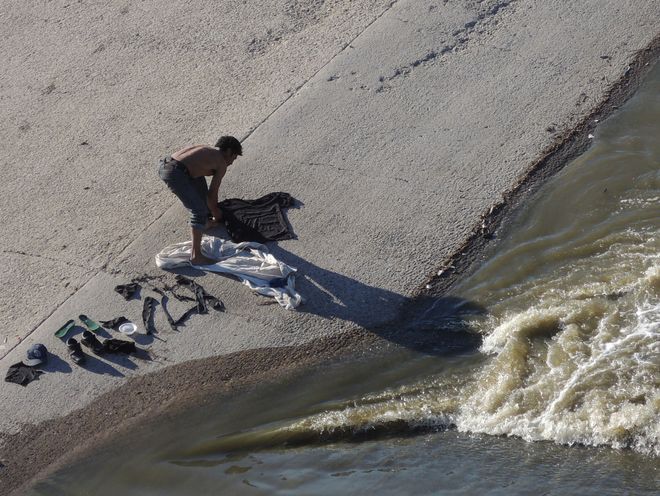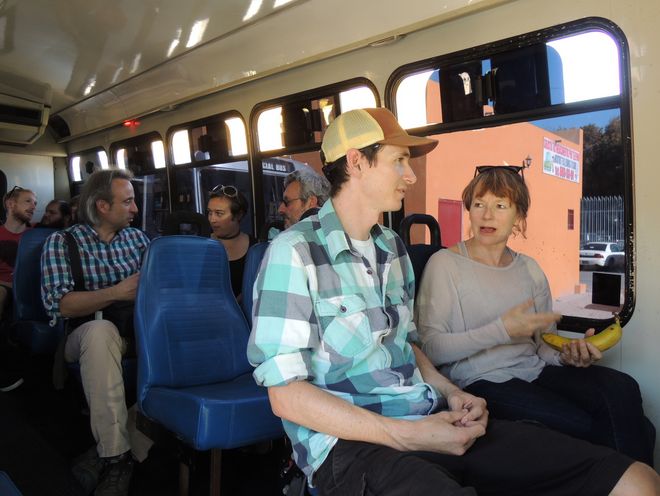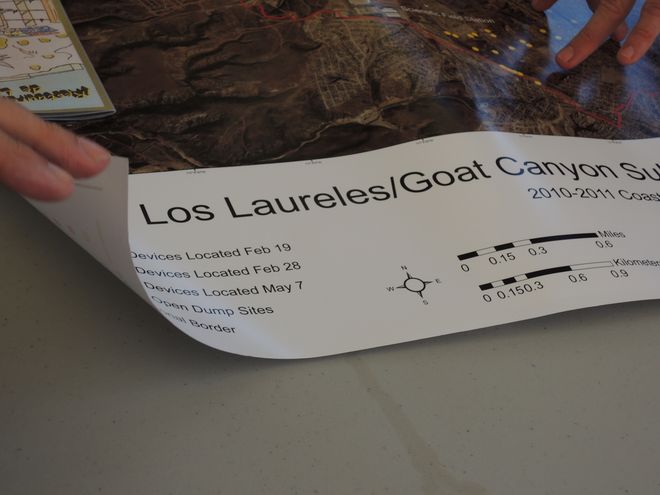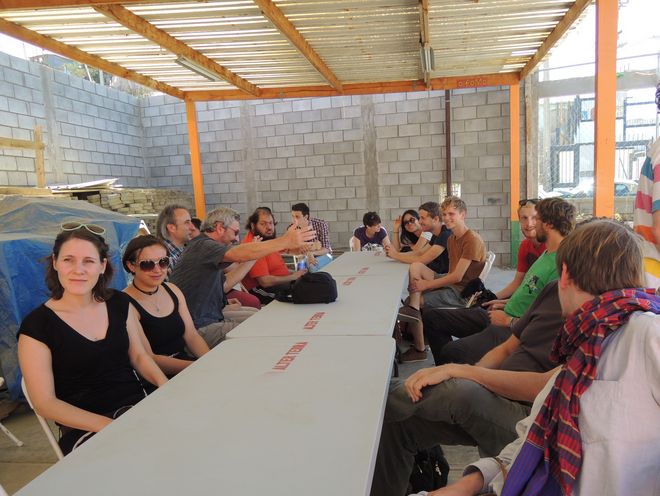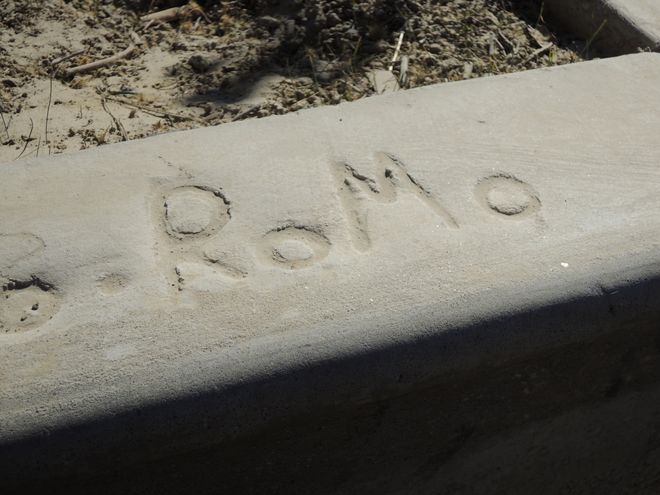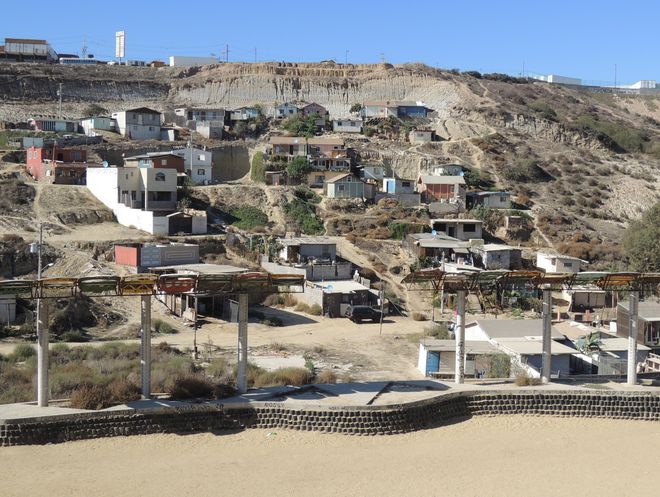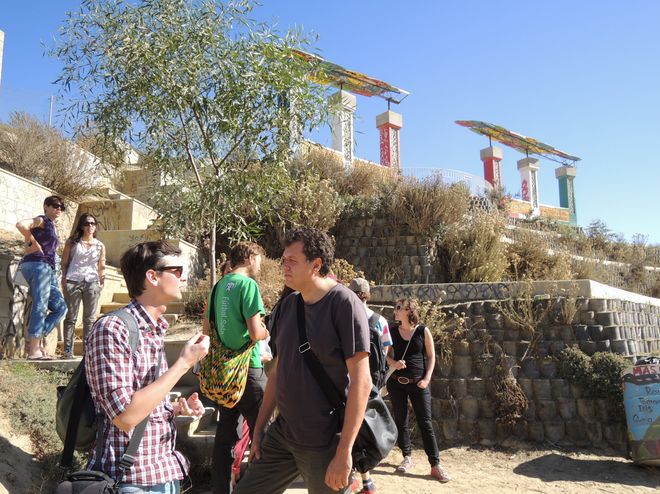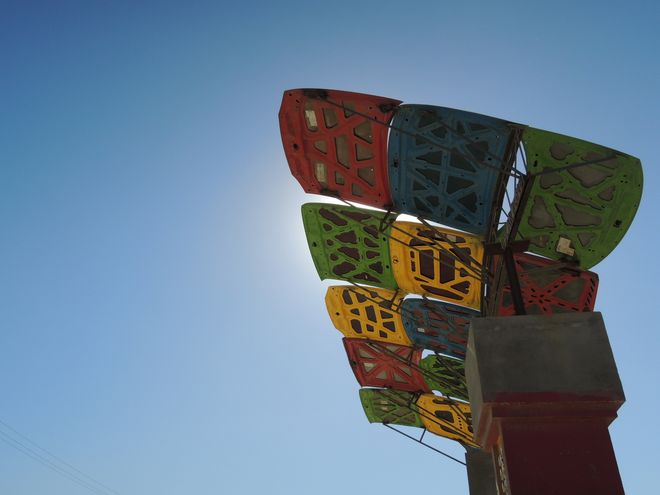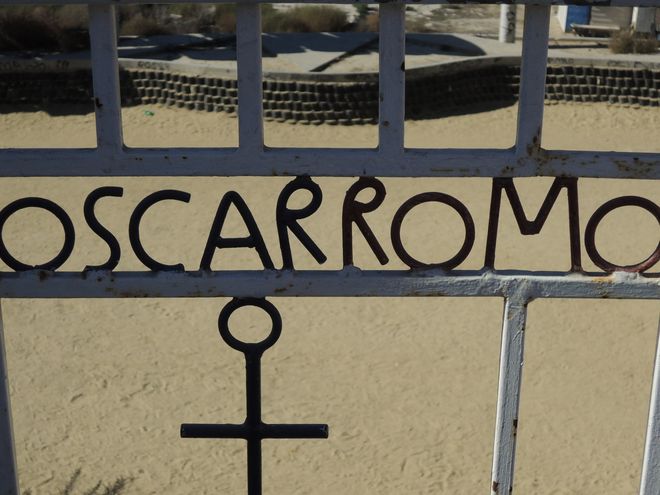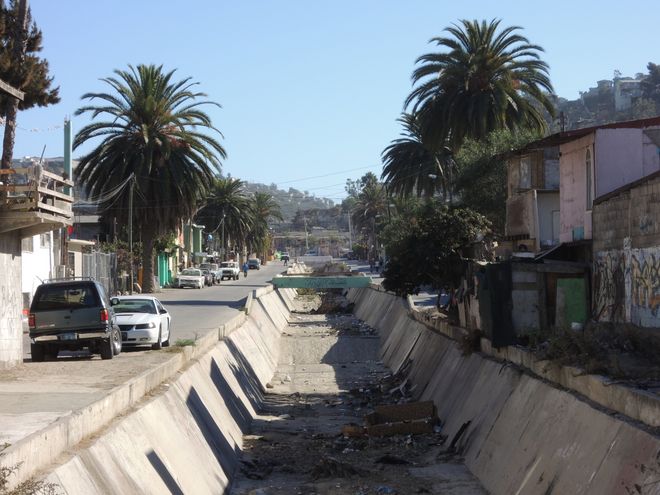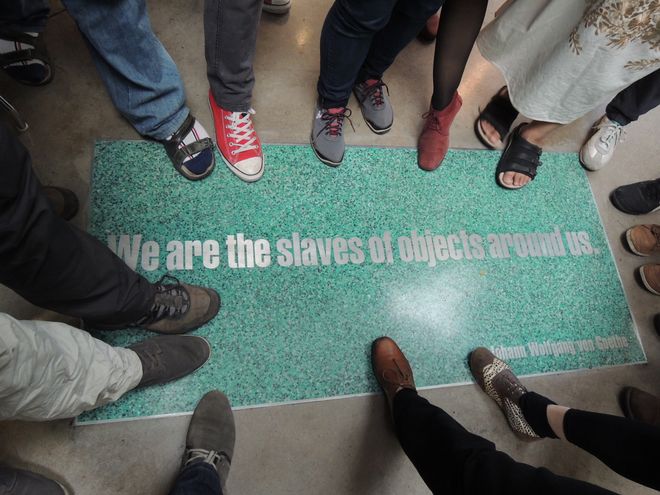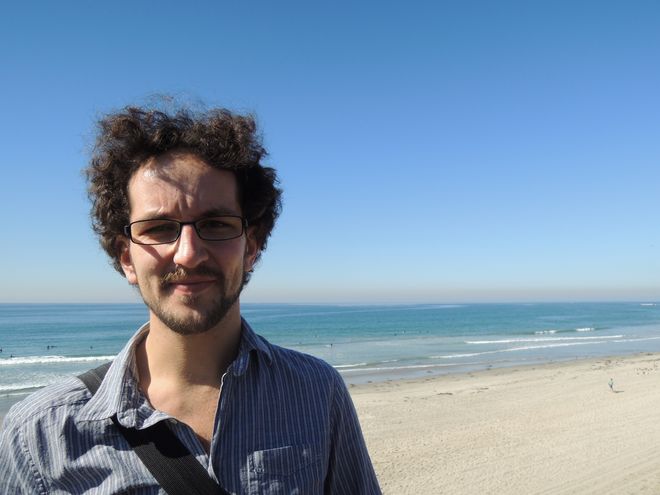On the road through south-western California
The Bauhaus-Universität Weimar maintains an outstanding network of international partner universities, offering students numerous opportunities to participate in projects abroad and play an influential role in shaping them. Bordercity is one such project. Together with students from the University of California, San Diego, (UCSD), engineers, urban studies scholars and artists from the Bauhaus-Universität Weimar are developing solutions for the US-Mexican border area along the Tijuana River.
The project is based on the border as both a phenomenon and rupture in an old cultural environment which has resulted in a myriad of communicative, environmental, zoning and urban planning problems. In addition to highlighting the environmental engineering problems with regard to water quality and waste disposal, the project also intensively discussed the disparity in wealth on both sides of the border.
In November 2013, a 15-member interdisciplinary student team spent one week in south-western California to get an idea of the complex conditions that exist there. David Fritzsch, an Environmental Engineering student, participated in the fact-finding mission in the metropolitan region of San Diego-Tijuana. In the following, he reports on the impressions he gained during this extraordinarily intensive excursion which introduced him to concrete wastelands, the Pacific Ocean, gated communities and informal settlements.
» Click here for more background information about the project
The project is financed through the DAAD programme »Strategic Partnerships in the Fields of Art.Design.Science« which awarded funding to the Bauhaus-Universität Weimar in 2013 to intensify selected international partnerships. The students were supervised by Prof. Liz Bachhuber (Public Art and New Artistic Strategies), Prof. Dr. phil. Frank Eckardt (Dept. of Sociological Urban Research), Prof. Dr.-Ing. Eckhard Kraft (Dept. of Biotechnology in Resource Management) and and Prof. Dr.-Ing. Jörg Londong (Dept. of Residential Water Management).
The student David Fritzsch recorded his impressions of the Bordercity excursion in a travelogue. His discoveries included an American-made robot toddler and in Tijuana, the Mexican equivalent: »La Mona«, an 18-ton inhabited nude sculpture.
November 7th: We arrived from Germany individually which gave us the chance to discover the country on our own. I met up with two participants in Los Angeles. The other participants were either attending a language course in Mexico or visiting friends in New York or San Francisco. Sightseeing in smoggy, 30-degree weather quickly became so tiring that we had to relax at Venice »Muscle« Beach. We also visited Santa Monica, Hollywood and downtown LA where we marvelled at the MOCA and Disney Concert Hall.
November 8th: We headed down to San Diego on the Surfliner. It’s one of three train lines in California and runs along the picturesque Pacific coastline. The ride was very comfortable and included free Wi-Fi. However, there’s hardly any alternative to cars here. Public transportation is rudimentary and is largely used by those who can’t afford a car. In Los Angeles and also in San Diego, a 15-minute car ride can take one and a half to two hours by bus! For us, that meant readjusting – we were provided with rental cars for the duration of the workshop.
Excursion to San Diego: With a population of 1.3 million inhabitants, this southern Californian city is somewhat smaller than Tijuana. Known for its mild climate all year round, San Diego is home to the largest marine military base in the United States. Telecommunication and biotech companies comprise a significant share of the city’s industry, and the renewable energy sector is creating an increasing number of jobs as well. And with regard to our accommodation – to make communication easier, eight of us shared a very comfortable room with four bunk beds and one bathroom in a quaint Victorian building located at the highway exit.
November 11th and 12th: The lectures are being accompanied by several visits to facilities at UCSD. These have enabled us to gain an impression of the university which was founded in 1960. In fact, UCSD was named the »hottest« place to study science by Newsweek. In addition to the Geisel Library and the Salk Institute, UCSD also operates a super-computing centre and the Scripps Institution of Oceanography. Our visit to the California Institute for Telecommunications and Information Technology, or Calit2 for short, was particularly impressive. This is where we saw an uncannily realistic humanoid robot toddler called »Diego-san«, a super high-resolution display wall, and a 360-degree 3D monitor.
November 10th: The border between the US and Mexico is the most frequently trafficked in the world. The San Ysidro border crossing, which connects San Diego and Tijuana, is passed by 40 million people and 14 million vehicles every year. The border station is frequently inundated with visitors – especially those trying to enter the United States. Around midday, we were able to enter Mexico on foot very quickly. On our return trip in the evening, however, all 15 of us had to wait at the border a full three hours cramped in a 12-person bus before we could re-enter the United States. From then on, we decide to always cross the border on foot.
November 11th and 12th: On the third and fourth workshop day, we listened to lectures by UCSD professors and presentations by students from both universities. These provided us with further details about the relevant problems and introduced us to art projects. What I found especially interesting was that, until 1769, the Kumeyaay had been the only tribe to inhabit the border region for thousands of years, and that California had belonged to Mexico as late as 1848.
November 10th: The idea for the tour along »60 Miles of Transborder Conflict« – an imaginary line that runs perpendicular to the US-Mexican border – originated from a photo presentation by Prof. Teddy Cruz. It impressively documents the problems and conflicts of the region and the area of field study, in which our workshop partners at UCSD are involved. On the American side of the border, we see the downside of the American dream: confined nature, artificially channelled rivers, gigantic shopping centres and highways, sheet metal and concrete everywhere. As Professor Cruz explains, this is »a selfish, oil-hungry urban sprawl which has flattened the natural topography and destroyed its identity«.
November 10th: For decades, Tijuana was the den of vice for US tourists. But due to duty-free trade and the emergence of countless maquiladoras (assembly plants), Tijuana has become one of Mexico’s wealthiest cities. Its wealth, however, is hidden behind high walls. What we get to see is overpopulation, poverty, environmental pollution and cheap products for bargain-hunting tourists – alcohol, medicine and trinkets. Yet despite all of this, the city impressed us with its southern temperament, colourful creativity and knack for improvisation.
November 9th: Margarita Garcia is a graduate of the Bauhaus-Universität Weimar (under Professor Bachhuber). Since she is currently living in San Diego, she will be participating in the workshop as well, and has invited all the participants to dinner at her parents’ home. Interestingly, her parents live in one of the most expensive gated communities in the United States – the »Fairbanks Ranch«. Everyone is charmed by the hospitality of the Garcia family. Thank you very much! However, the contrast between these luxurious villas and the informal settlements in Los Laureles Canyon in Tijuana 70 km south from here couldn’t be any more extreme – a visit to the shanty town is on our agenda tomorrow.
November 15th: These vivid impressions and awareness of the problems in San Diego and Tijuana provided fodder for heated discussions among the participants. The students of the Bauhaus-Universität Weimar presented their idea sketches and thoughts to the others on the final workshop day. The Environmental Engineering students suggested various technical approaches, while Mareike Hornof, Yann Colona and Lisa Glauer held presentations highlighting their projects. After evaluating and summarising the workshop, the UCSD team thanked us very much for the exchange and looked forward to intensifying the collaboration and visiting us in Weimar in spring 2014.
November 9th: The first workshop day. We had an appointment at 1 pm with professors Teddy Cruz and Fonna Forman in the Visual Arts studio at the Jacobs School of Engineering. Our workshop lasts a total of seven days. Lectures and discussions are planned on four days. The remaining three we’ll spend visiting the relevant locations in San Diego and Tijuana. The professors are delighted by our Weimar team. This is exactly the goal they are working to achieve at UCSD and throughout the region – interdisciplinarity and knowledge transfer.
November 13th and 14th: In the next two days, we cross the border on foot and continue further by bus to the current projects in Tijuana. Our guides are employees of UCSD and the non-profit organisations Alter Terra, Calidad de Vida, and 4Walls International, all of which operate and are headquartered in Tijuana. We gain a very personal and detailed view of the situation there. Looking back on these two days, I can’t help thinking of what the former Mexican president Díaz once said: »Poor Tijuana, so far from God and so close to the US.«
On behalf of all of the participants, I wish to thank the DAAD, the organisers at UCSD and the Bauhaus-Universität Weimar, as well as the participating professors and students for their exemplary and inspiring cooperation! The situation on location was impressively presented to us and was intensively discussed throughout the workshop week. It was the first meeting in what will certainly become a very exciting and long-lasting university partnership between San Diego and Weimar. I wish it the best of success for its further development!
David Fritzsch



